So I feel it’s time for a change. Every month I’m going to get out there, wherever COVID will allow me, follow trails, visit gardens and come back with an adventure to share… all about the wondrous plants discovered along the way.
This garden tour starts in Nyanga, Zimbabwe. A place I visited often as a child, and have just revisited in August 2021. I flew Airlink from Gaborone to Harare via Johannesburg, and despite PCRs and the anxiety of not knowing what to expect traveling in this Covid era, it was an easy trip, with very few people at OR Tambo, and no queues at all. Arriving in Harare I had decided to rent a car for the trip. I used Bon Voyage rentals, and although there were a couple of issues it was very good value compared to other rental companies https://bon-voyage.co.zw/
It’s just over 270km from Harare to Nyanga and heading towards the Eastern Highlands, the Msasas and Munondo trees (Brachystegia spiciformis; Julbernardia globiflora) across the country were beginning to come into their spring colour of brilliant reds and burgundys. The tar road from Harare to Juliasdale was in really good condition, with a couple of toll booths to keep it that way. Turning left at Rusape I headed towards Juliasdale, and the landscape gradually began to change. When I passed Adventureland in Juliasdale, the road went under a huge stand of flat-top Acacias (Acacia abyssinica syn. Vachellia abyssinica), it felt almost Lord of the Rings-like. Towering granite outcrops and the dense shade of these magnificent trees.
Winding up and down, the road offered glimpses of the Nyanga landscape, and the cool air carrying the scent of pine trees. After passing the Froggy Farm stall, which has preserves for sale, Pizzas, and bunches of Proteas, I reached the Mutare turn off. I was heading for Far and Wide, a lovely spot close to the Mutarazi (Mtarazi) Falls National Park which offers accommodation, and adrenalin-fueled activities, along with access to walks along the Turaco Trail( https://www.farandwide.co.zw/ ). After driving for a while along the Mutare road, I saw the Far and Wide sign on the left, and ventured onto my first gravel road. I know from experience that branching off from the main roads in Nyanga onto gravel roads can be quite dicey, steep slopes and lots of rainfall means the roads are notoriously bad. So I felt a little nervous, especially as the last time I’d been up this road was over 8 years ago, I had no idea what to expect. However, the rental car I was driving performed well and the road was fairly good. Any vehicle with reasonable clearance would be fine. It was 16km with great signage all the way, and I finally arrived at Far and Wide.

The area is set high up with views over the Honde Valley.
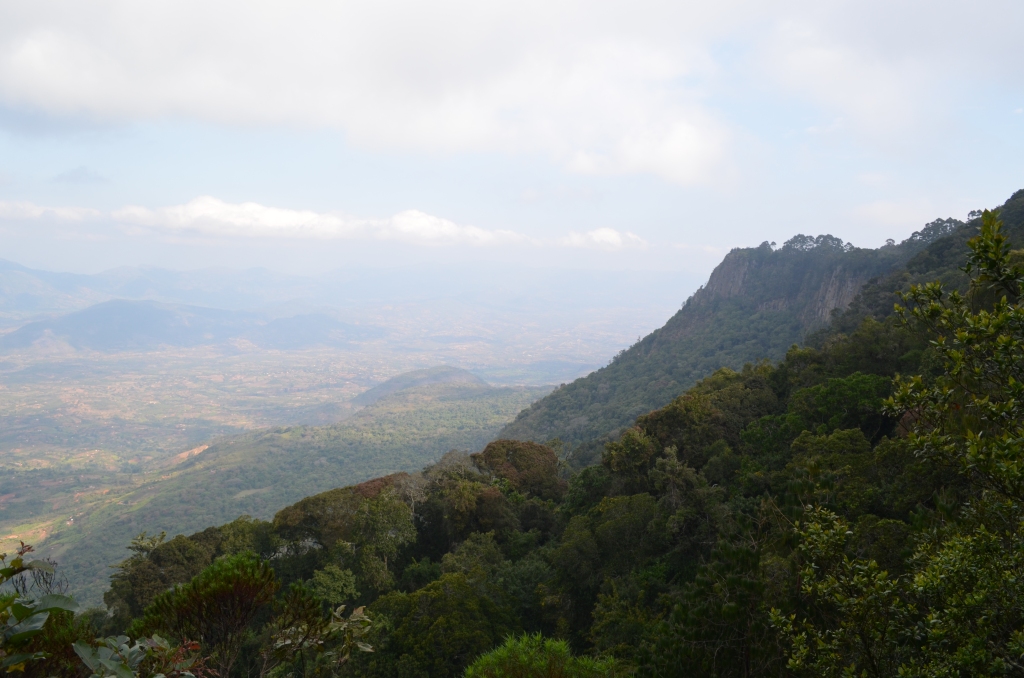
And on a clear day out to the various mountain peaks like Mt Nyangani from the Sky Deck.
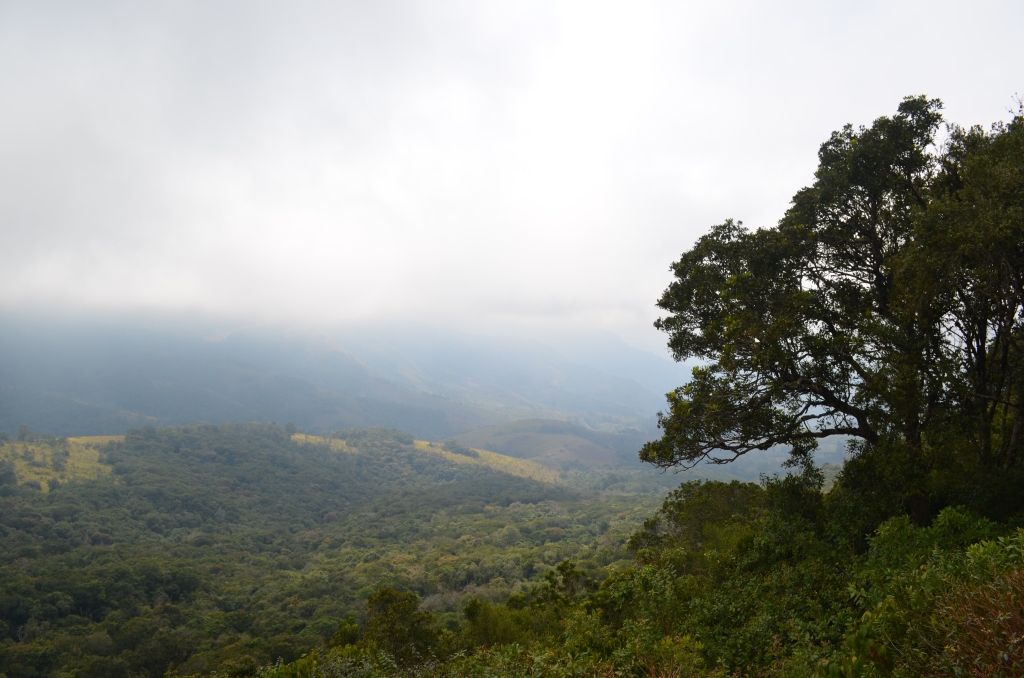
I think over the 3 days I spent in Nyanga, I walked more kilometres than a whole year in Botswana. The cool mountain air and beautiful trails just make walking so enjoyable, and the vegetation of tree ferns and moss-covered pathways, with the tinkling sound of waterfalls in the background makes this place magical. But what makes me want to visit again and again is the inexplicable aroma from the vegetation that is so heady and resin-filled that you want to keep sucking air into your lungs, and can’t quite get enough.
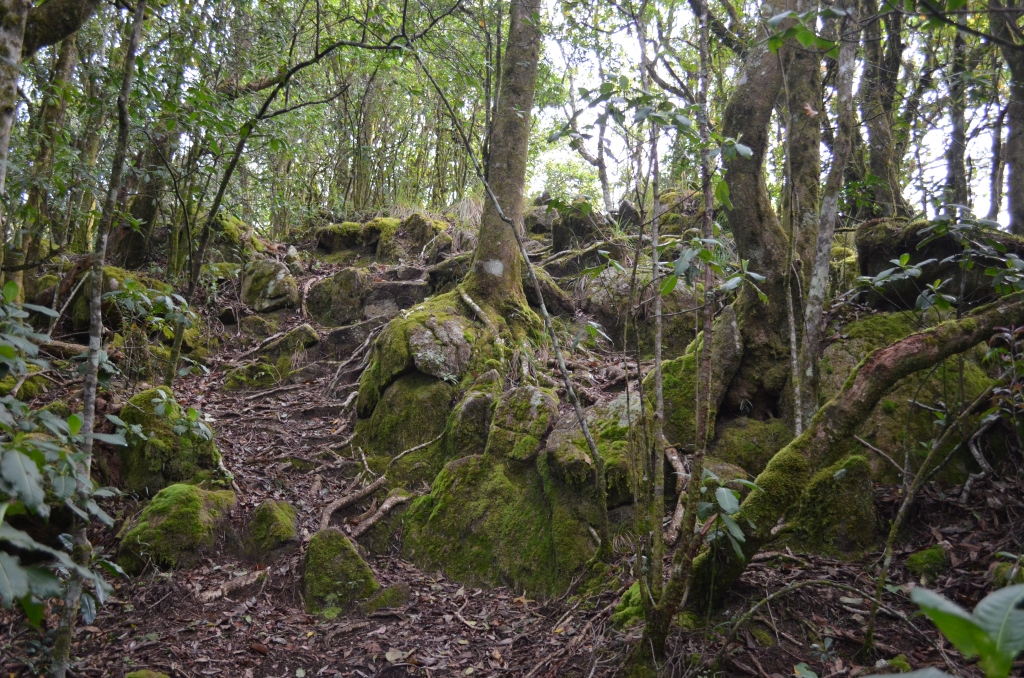
Nyanga is known for having quite a few endemic species, and it’s very own coniferous tree: Widdringtonia nodiflora. Famous plants include the huge variety of ferns, tree ferns like Cyathea capensis syn. Alsophila capensis; C. dregei and C. manniana. Orchids like Disa zimbabweensis; Eulophia odontoglossa; and the exquisite Angraceum conchiferum. Cycad (Encephalartos manikensis), Pungwe lily (Scadoxus pole-evansii), Bracken (Pteridium aquilinum), and Everlasting flowers (Helichrysum spp.) make the floral kingdom of Nyanga so special.
So entering into this plant world is a bit like seeing fish in an aquarium. It’s a little overwhelming with so many things to see, and all so beautiful, you can’t bear to miss a thing. First you need to register to go on the Turaco Trail, and you should also visit the Mutarazi Falls National park.
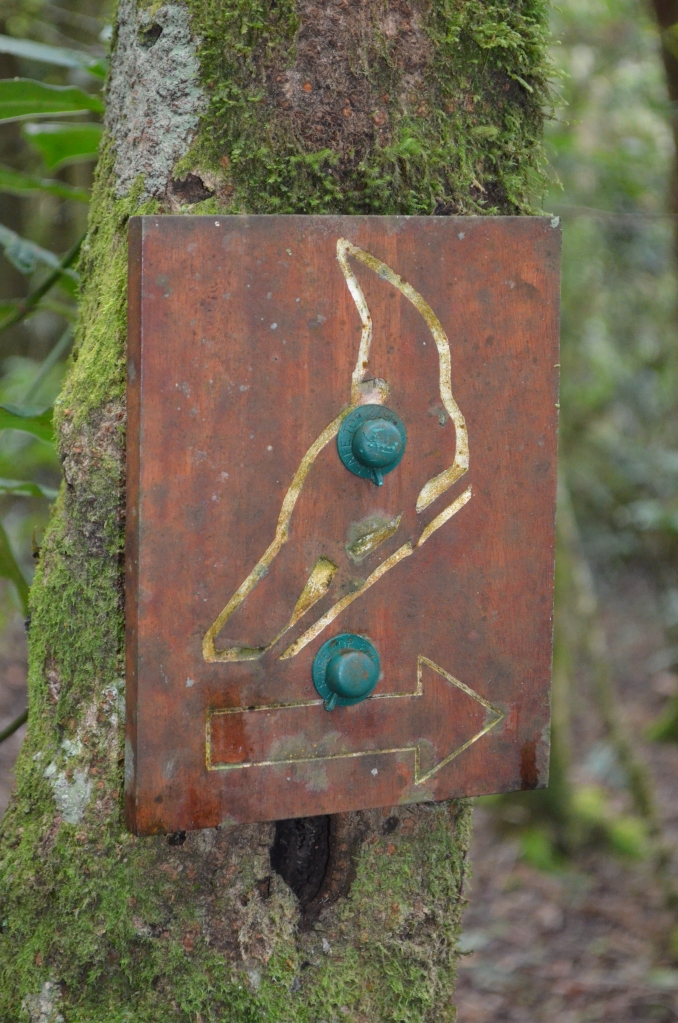
Next, step carefully, as you’ll be visiting a plant kingdom that’s been around for over 250 million years… the fragile world of moss (bryophytes), club mosses (lycophytes) and one even older -350 million years…ferns (pteridophytes):
Mosses include Bartramia hampeana; Philonotis falcata; Bryum alpinum; Pohlia nutans; and Barbula umtaliensis. Club mosses include: Selaginella dregei and S. kraussiana; Ferns include: Adiantum poiretii, Asplenium dregeanum, Blechnum tabulare, Histiopteris incisa, Microlepia speluncae, Lepisorus excavatus, Dryopteris wallichiana, Nephrolepis undulata, Oleandra distenta, Osmunda regalis, Pteris catoptera, Athyrium schimperi, Thelypteris confluens, Christella dentata, Tectaria gemmifera, Grammitis nanodes, Belvisia spicata and Cyathea dregei.
Magical misty days, where paths meander through thickets of Hypericum..

…passing an even older realm of Lichens (550-700 million years old). Old man’s beard can be seen dripping off trees, a sure sign that the air is clean and pollution-free. So many different lichens cling to trees, bark, and rock…
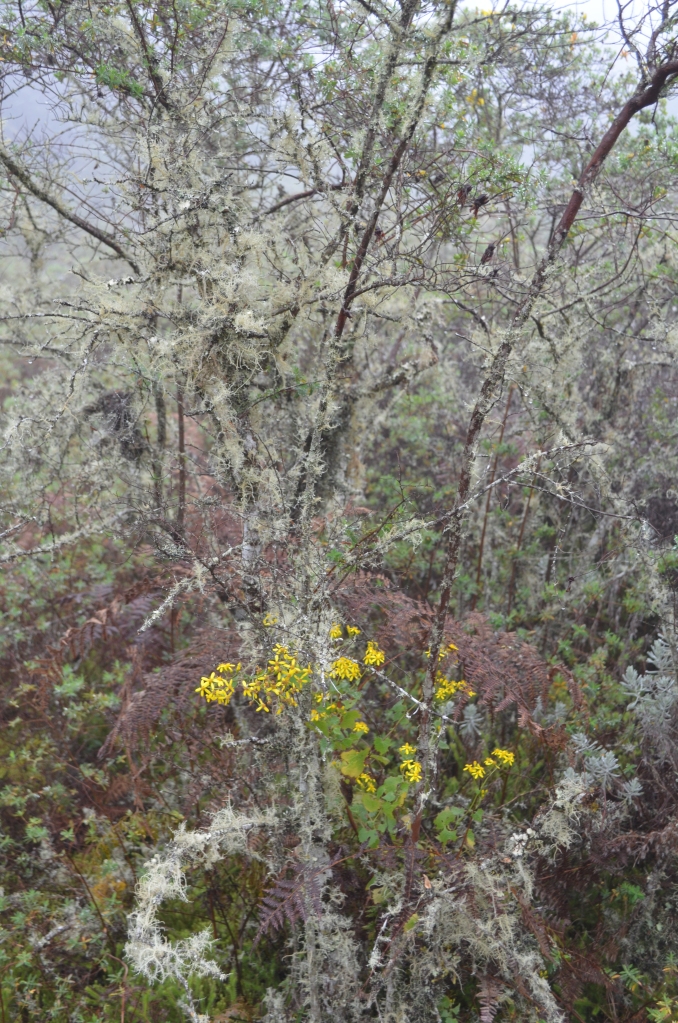
Walking along the paths, you encounter lovely groundcovers like Alchemilla cryptantha; Centella asiatica and C. virgata; Sanicula elata and Peperomia retusa; Lilies like Crocosmia aurea; Freesia grandiflora; Gladiolus zimbabweensis; and Moraea carsonii, and M. inyangani.
Beautiful flowers like Selago swynnertonii, Sebaea leiostyla, Geranium nyassense, Impatiens cecilii, Lobelia erinus, L. baumannii, L. goetzei, L. molleri, Micromeria imbricata and Chironia gratissima
Then we come to my favourite kinds of plants – the fynbos types: Proteas like P. angolensis; P. dracomontana; P. caffra, P. petiolaris, P. welwitschii and P. asymmetrica along with ericaceous shrubs like Erica benguelensis, E. hexandra, E. simii, E. whyteana and E. woodii are a highlight of these mountain walks. Helichrysum acervatum, H. acutatum, H. adenocarpum, H. aureum, H. buchananii, H. callicomum, H. cephaloideum, H. forskahlii, H. kraussii, H. nitens, H. nudifolium, H. odoratissimum, H. setosum, and H umbraculigerum are just some of the everlasting flowers that can be found here. This gorgeous plant, Phymaspermum bolusii, can be found flowering along the pathways around the Mutarazi falls and if you make it to the zipline or skywalk you’ll have this beautiful view: Phymaspermum bolusii with heathers, senecios, bracken and helichrysums.
Plants like Anisopappus chinensis, Bothriocline inyangana, Chrysanthemoides monilifera, Cineraria deltoidea and C. pulchra, Conyza welwitschii, Crassocephalum montuosum, Denekia capensis, Emilia limosa, Inulanthera nuda, Laggera crispata, Lopholaena coriifolia, L. brickellioides, Phymaspermum bolusii, Schistostephium oxylobum, Senecio auriculatissimus, S. milanjianus, S. tamoides, and S. venosus, and my favourite aromatic plant Seriphium plumosum make Nyanga flower-filled with delightful scents. Other species add to this heady mix, like Plectranthus amboinicus, P. lanuginosus, Pycnostachys reticulata, Artemisia afra, Tetradenia riparia, and Salvia nilotica.
Another shrub that is particularly aromatic on the walk down to see the Mutarazi Falls is Kotschya thymodora.
Shrubs like Hypericum revolutum and H. roeperianum; Buddleja auriculata and B. salvifolia, and Polygala virgata line the misty roads and pathways with Senecios like S. tamoides and S. auriculatissimus scrambling through.
And other shrubs and small trees that blend into the landscape like Diospyros whyteana, Shirakiopsis elliptica, and Rawsonia lucida. Some are medicinal like Psorospermum febrifugum, the bark is used as a febrifuge and fruit are edible with a sweet flavour, and Vernonia calvoana which is widely eaten as a vegetable and is also being studied for its use in the treatment of ovarian cancer. Garden shrubs like: Cassinopsis ilicifolia (edible fruit and popular garden plant) and Freylinia tropica. Antherotomia senegambiensis and Dissotis princeps have beautiful purple flowers.
In Moist Evergreen forests…
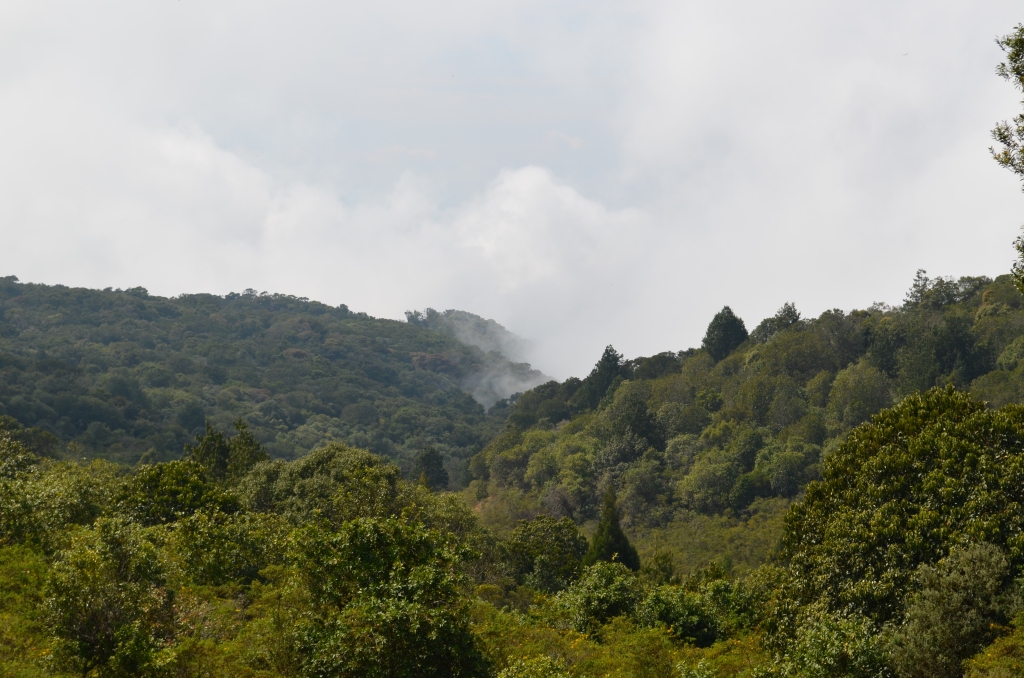
…you can find Maranthes goetzeniana; Ilex mitis; Podocarpus latifolius (Yellowwood), Rhus chirindensis and Rapanea melanophoeos (Mutomo), Halleria lucida and Mundulea sericea.
Other trees like Albizia gummifera (Mucherenje), Newtonia buchananii (mufomoti) can be found lower down the mountain. Cornus volkensii is a beautiful evergreen tree used in agroforestry. Dodonea viscosa and Macaranga mellifera along the Mutarazi pathways. Fruit trees like Anthocleista grandiflora (Umhobohobo), Chionanthus foveolatus (pock ironwood) and Eugenia natalitia (forest myrtle) are greatly loved from birds to bushpigs and are edible, Uapaca kirkiana (Muzhanje/Mahobohobo); Ekebergia capensis (dogplum); Trilepisium madagascariense (edible berries and latex can be obtained from the bark), Morella pilulifera (waxberry), Syzygium – waterberries like S. cordatum; S. guineense and S. owariense are found here, along with Ensete ventricosum, part of the banana family and actually Ethiopia’s most important food crop. Peddiea africana has reputedly poisonous fruits that slightly resemble those of the Syzygium genus (so careful what you eat!). Psychotria zombamontana is quite common in the Mutarazi area, and from an interesting family – Pscyhotria – a species is used by shamans in South America to make Ayahuasca, a psychoactive brew that induces hallucinations. Intriguingly another relative of the Coca family (Erythroxylum coca yields cocaine), Erythroxylum emarginatum grows in this area. A tropane alkaloid has been isolated from the bark of this plant, and will likely become another important plant in the future.
Brambles like: Rubus pinnatus; R. niveus; R. apetalus and R. rigidus.
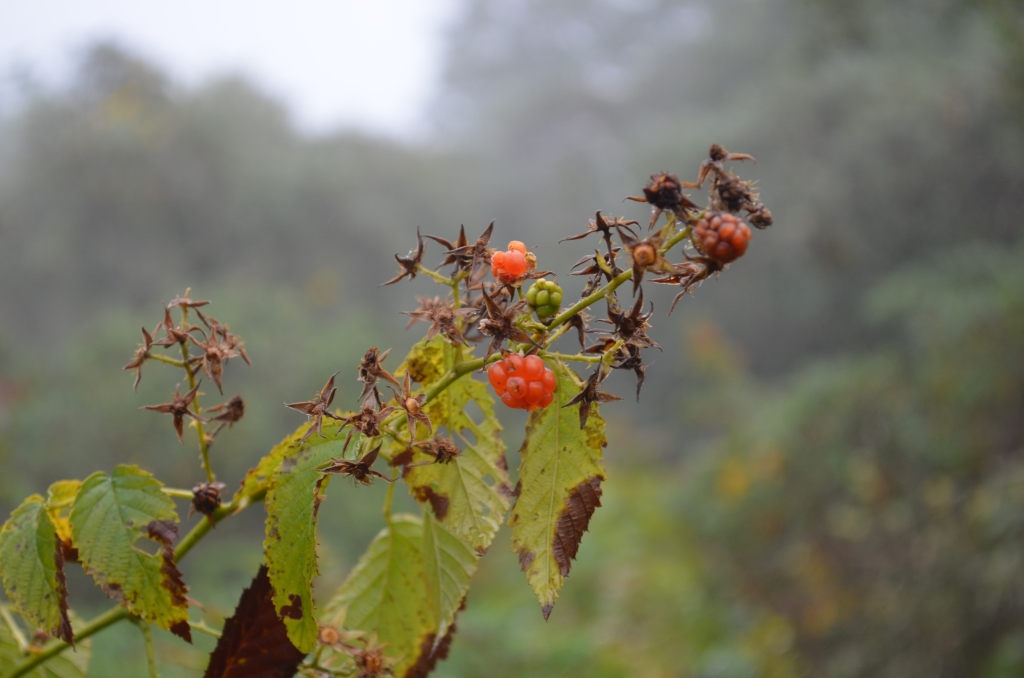
Succulents even can be found here, like Aloe inyangensis and A. arborescens; Euphorbia benthamii, E. citrina, E. crebrifolia, E. cyparissioides, E. depauperata and E. schimperiana; Crassula vaginata, C. swaziensis, Kalanchoe luciae, and an unidentified Kalanchoe (below). Brachystelma pygmaeum, Kleinia fulgens and K. galpinii and an unusual succulent: Rhipsalis baccifera.
Unusual and beautiful plants like the African primroses: Streptocarpus eyelsii, S. pumilis S. solenanthus and S. umtaliensis
Vines like Vigna nyangensis and V. gazensis, Adenia gummifera, Dioscorea bulbifera, D. dumetorum, D. schimperiana (tubers and bulbils are edible), D. sylvatica, Smilax anceps, Sphedamnocarpus pruriens, Mikania natalensis, Cayratia gracilis, Cyphostemma kilimandscharicum, C. montanum, Rhoicissus revoilii, R. tridentata, Flemingia grahamiana, Teramnus uncinatus, Gongronema angolense, Riocreuxia polyantha, Tiliacora funifera and Podranea brycei. Artabotrys stolzii varies its habit from vine to small tree. A rare caudiciform vine, Stephania abyssinica can also be seen here, it is used for a wide range of medicinal applications.
Pillocky mounds of grasses abound like Elionurus muticus (wire grass) – and tall grasses like Cymbopogon caesius and Hyparrhenia bracteata, dry savannah lovers like Eragrostis and Digitaria species and the water-needy sedges like Cyperus albostriatus. Although I didn’t spot any carniverous plants, they do grow here: species like Drosera affinis and Urticularia gibba.
It’s a plant explorer’s dreamworld and one I’d like to see year round to capture all the beautiful orchids and helichrysums flowering. Besides the plants there are mountains to climb, waterfalls to play in, rivers to kayak or raft in, and activities like abseiling and ziplining. Plenty to revel in and enjoy! Thank You Far and Wide! https://www.farandwide.co.zw/

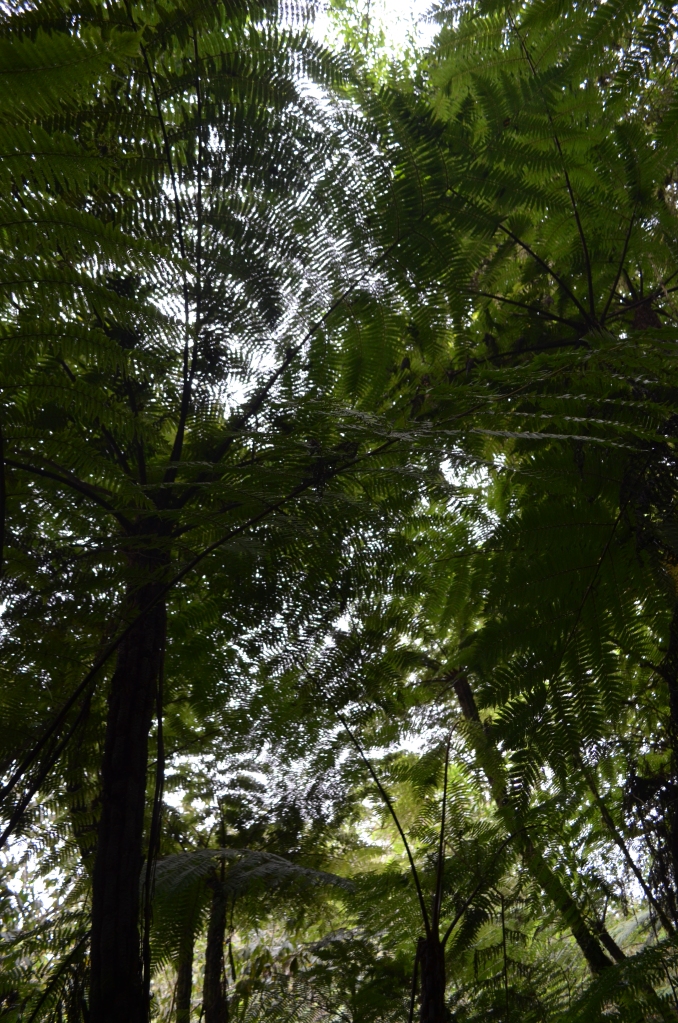
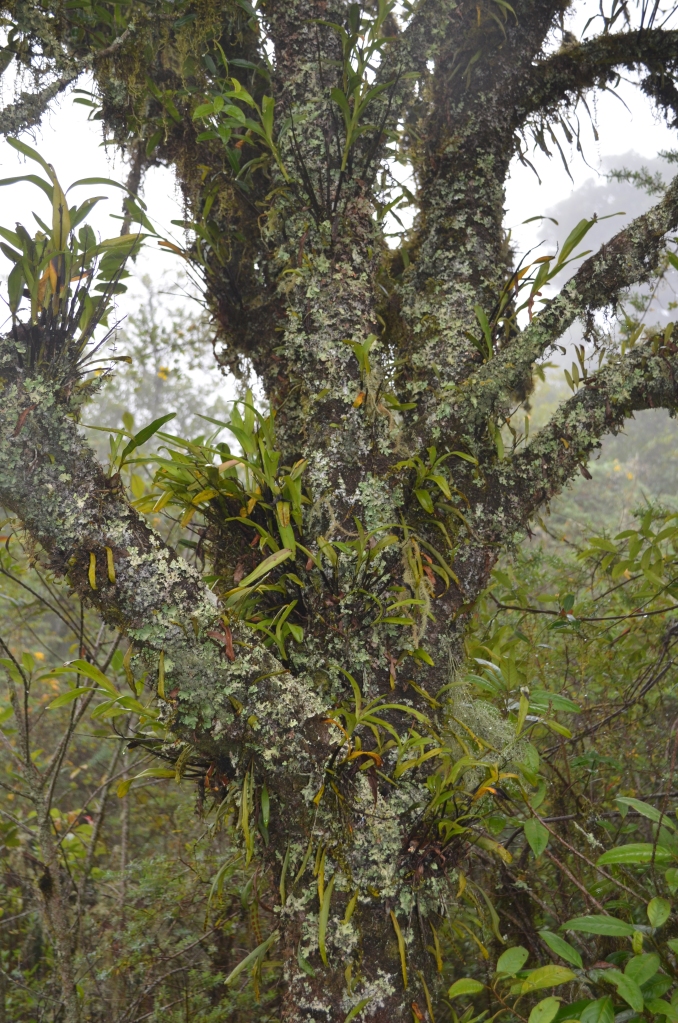
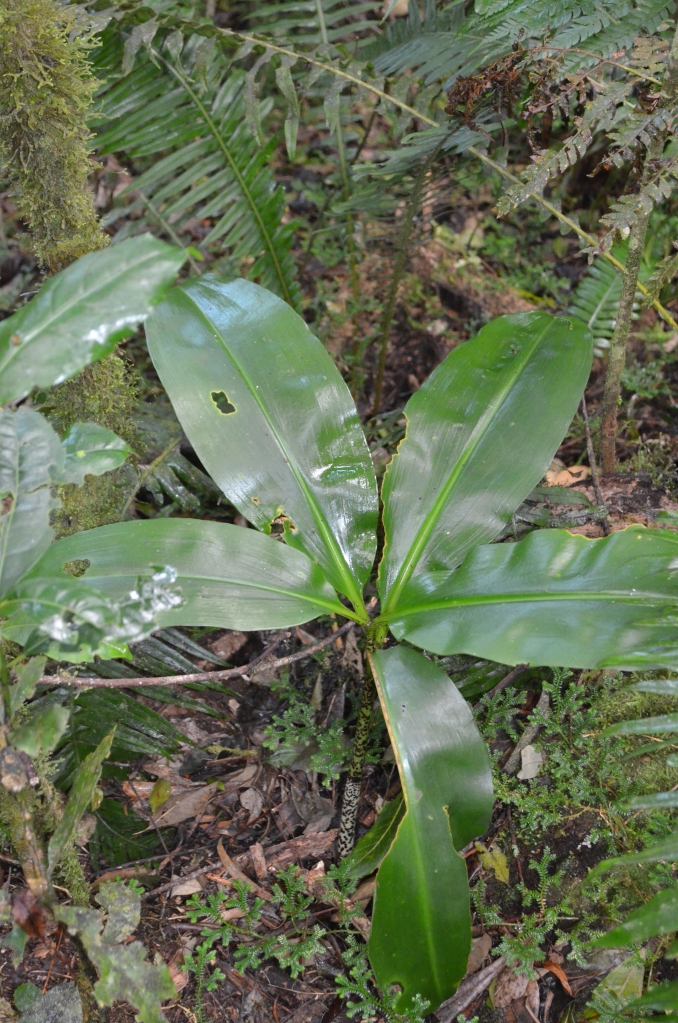
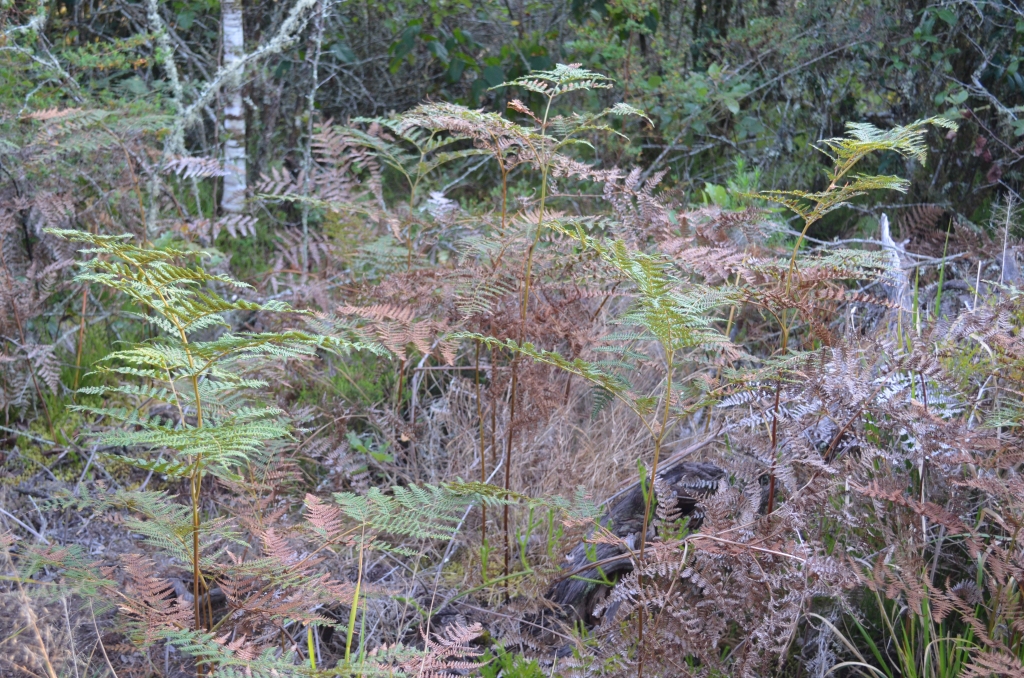
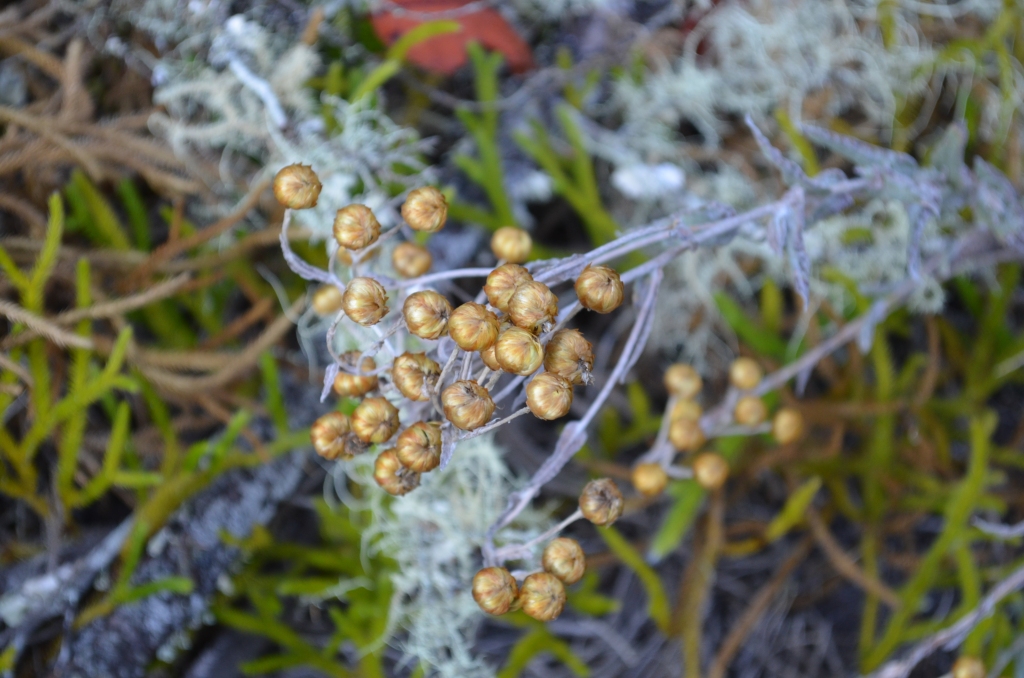

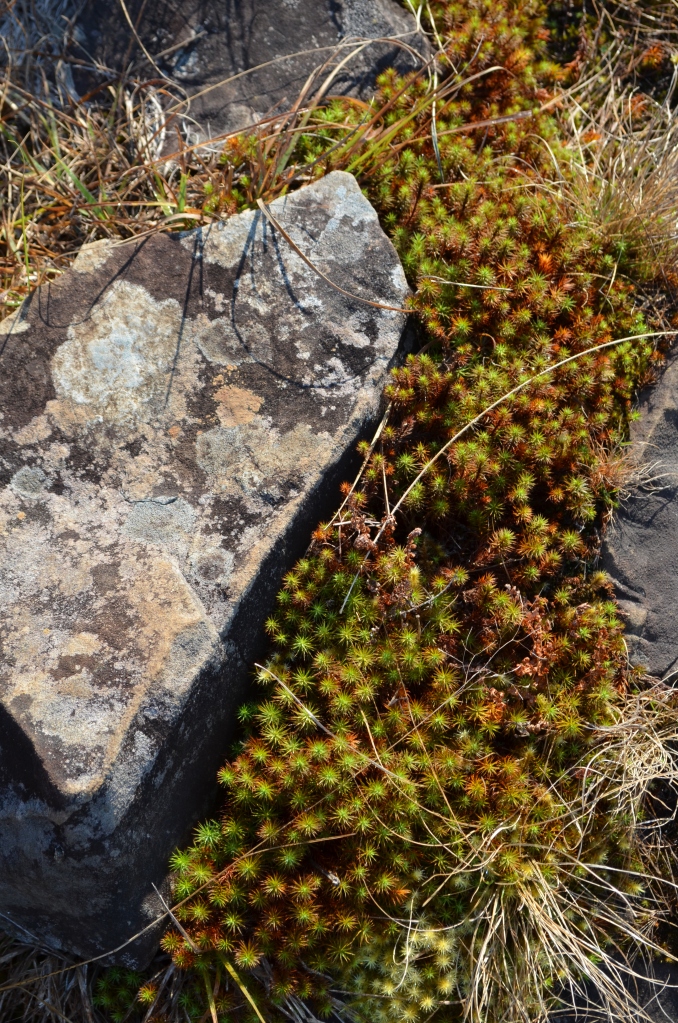
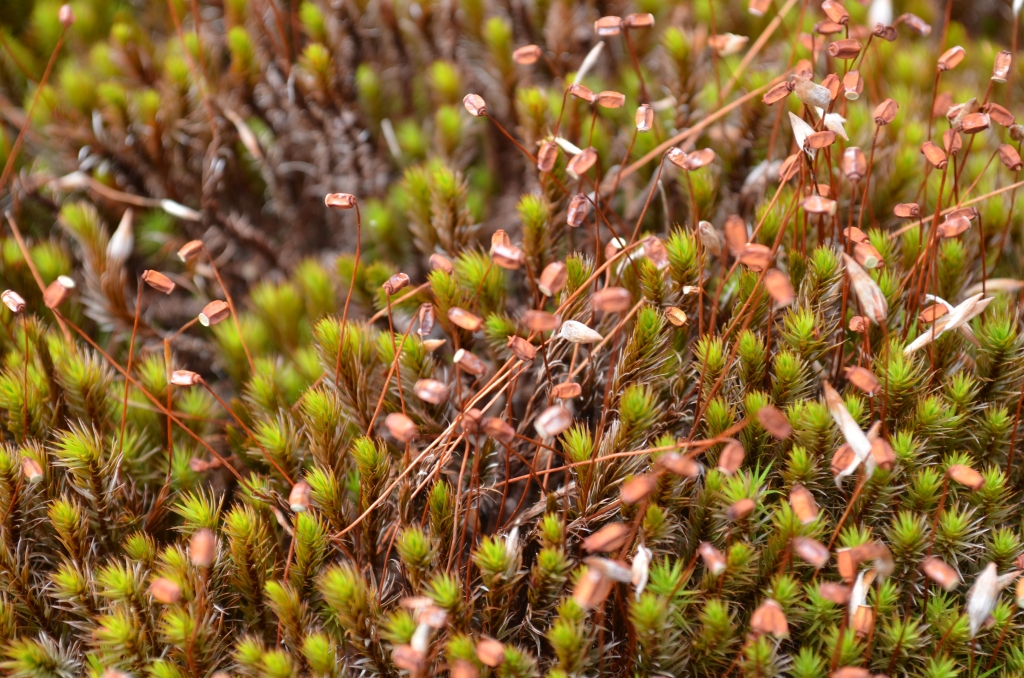
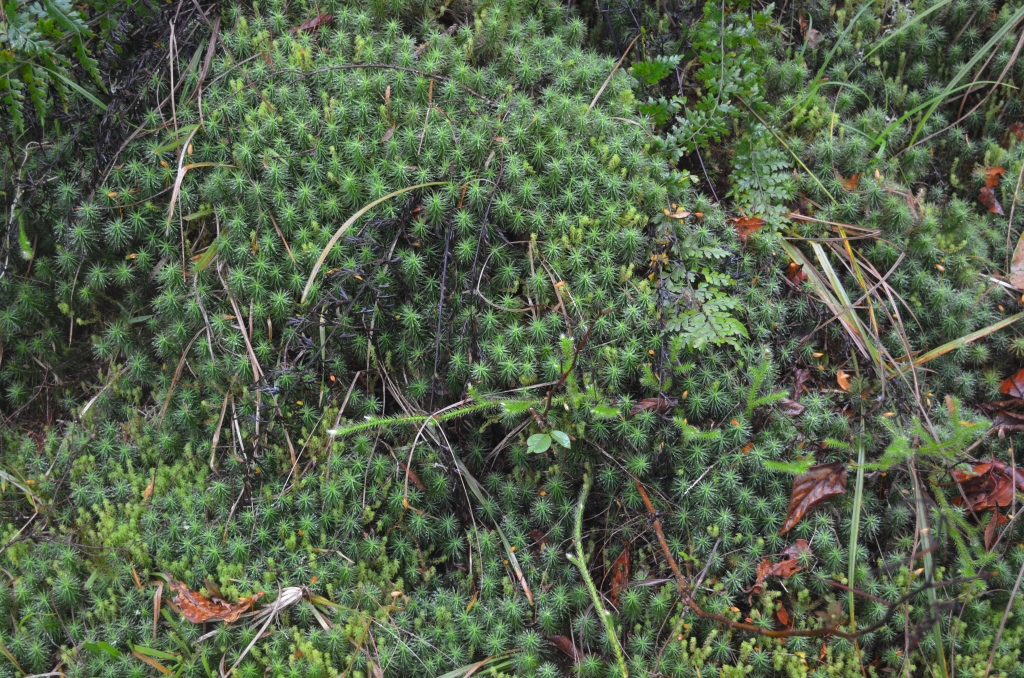

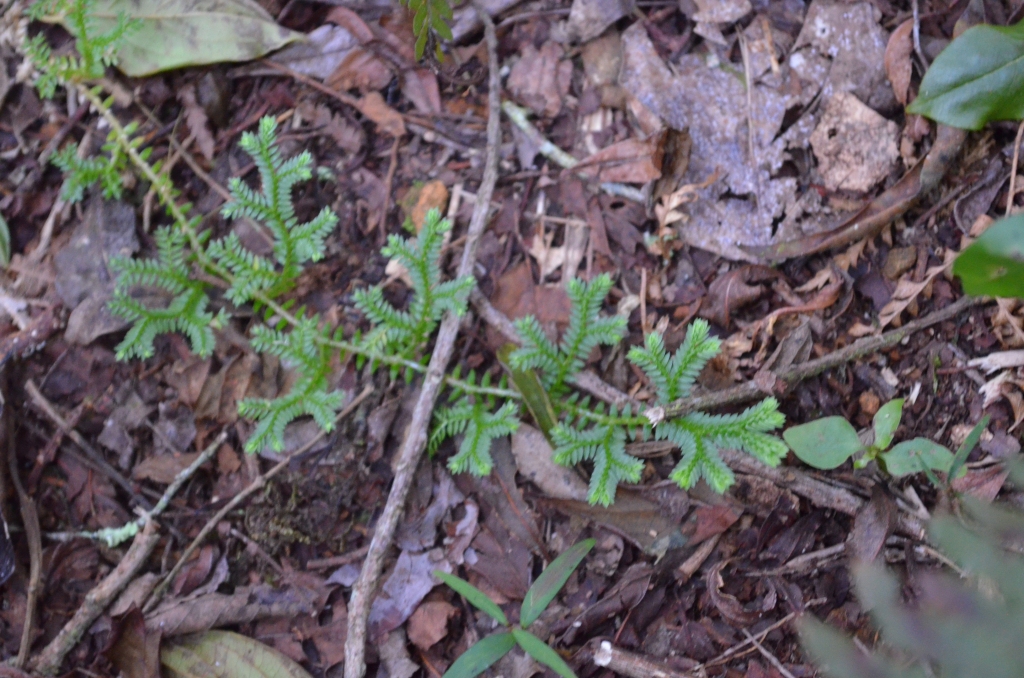
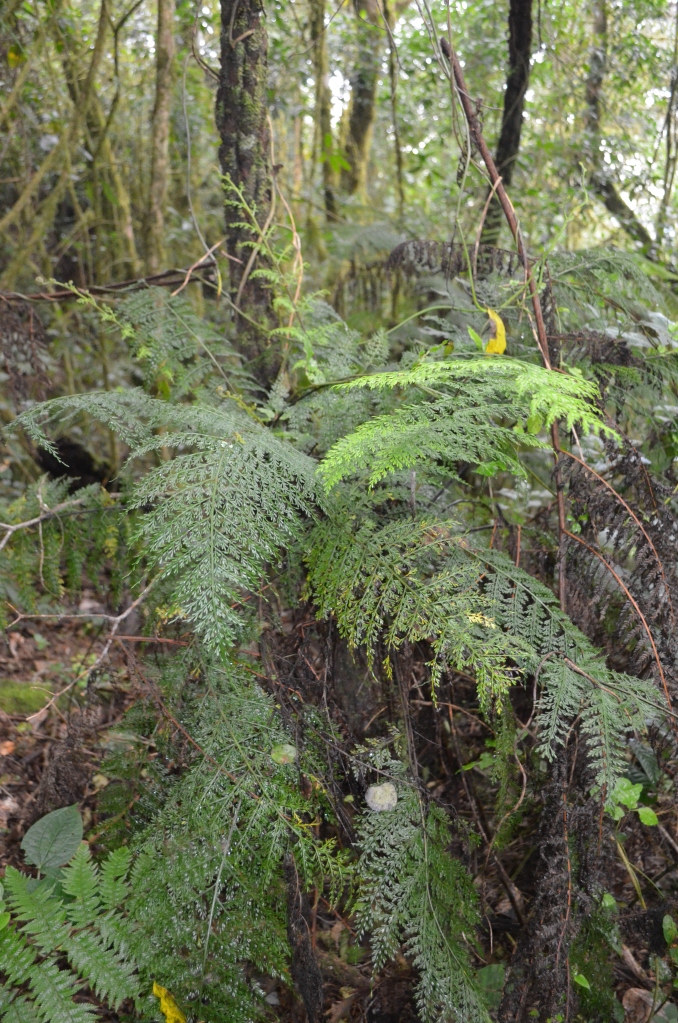
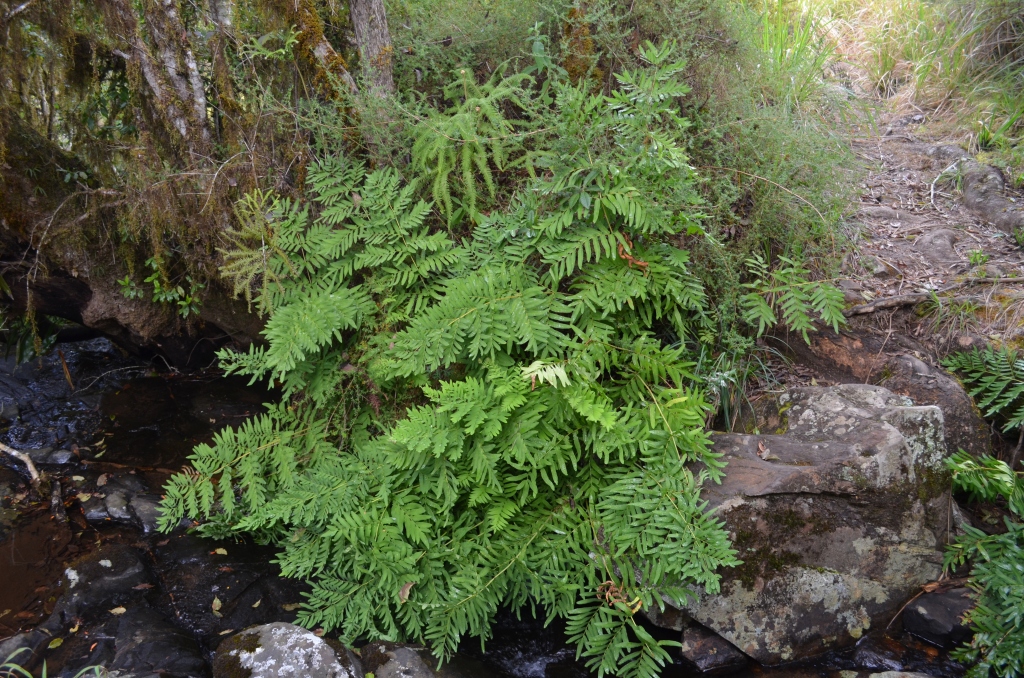
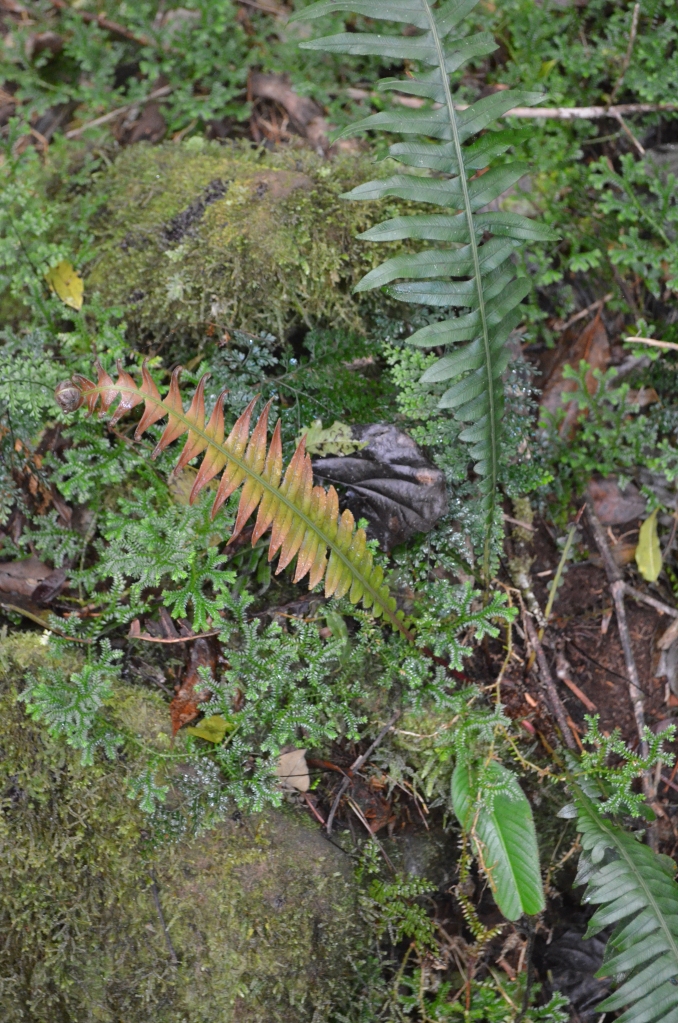
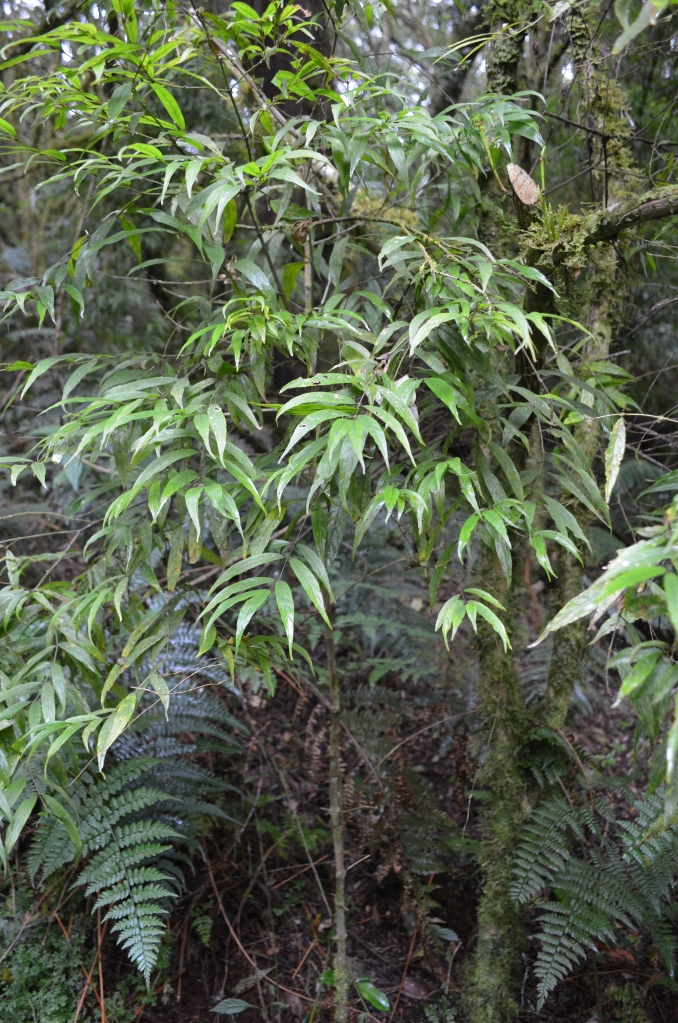
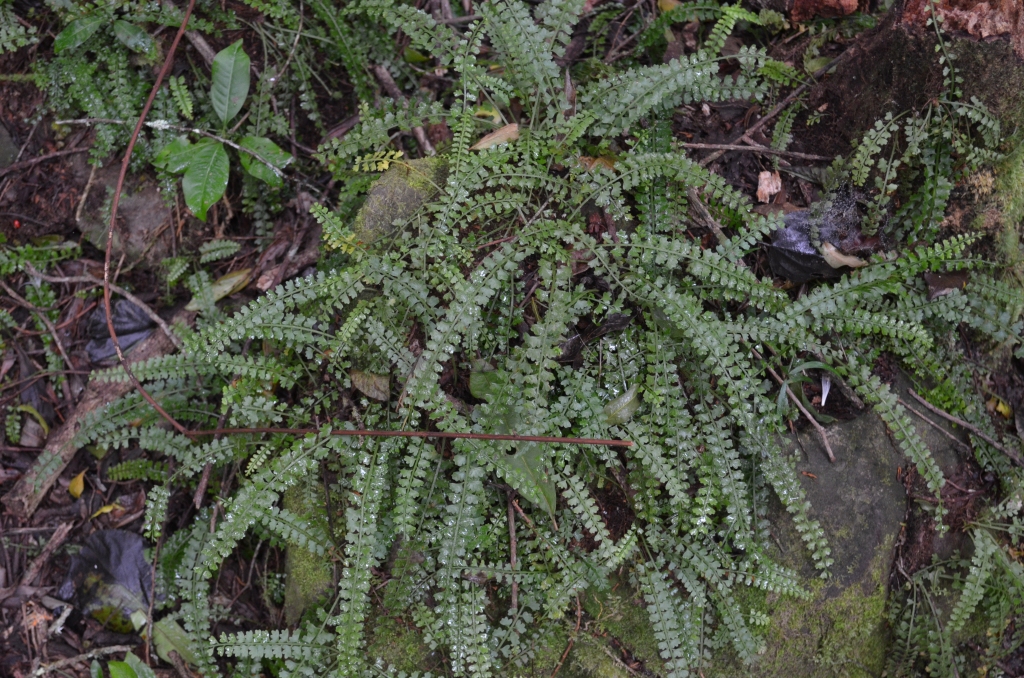
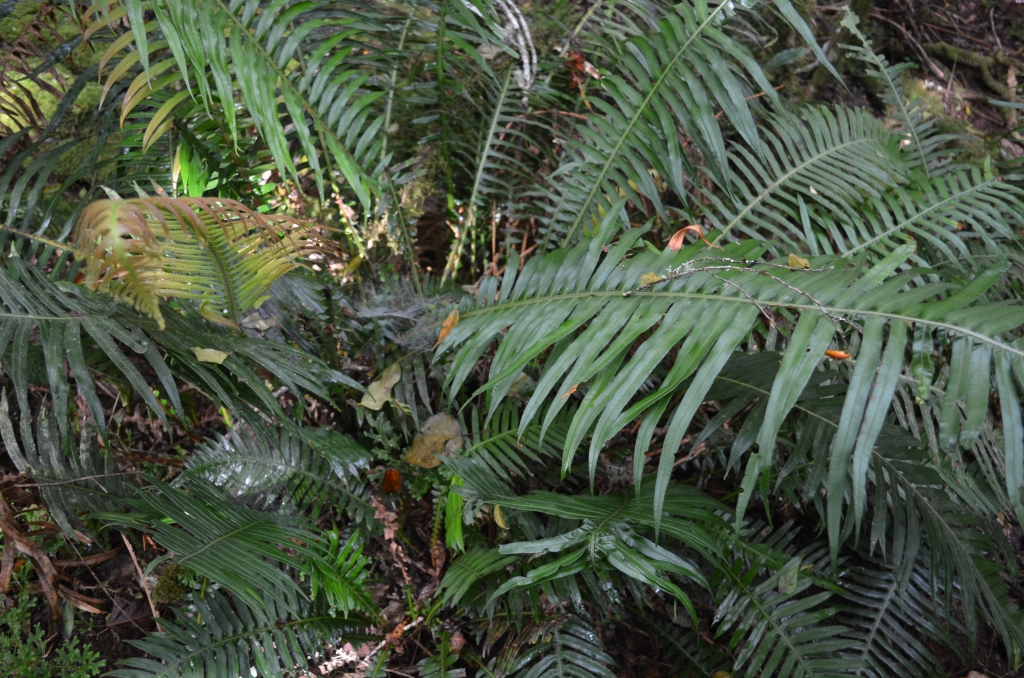
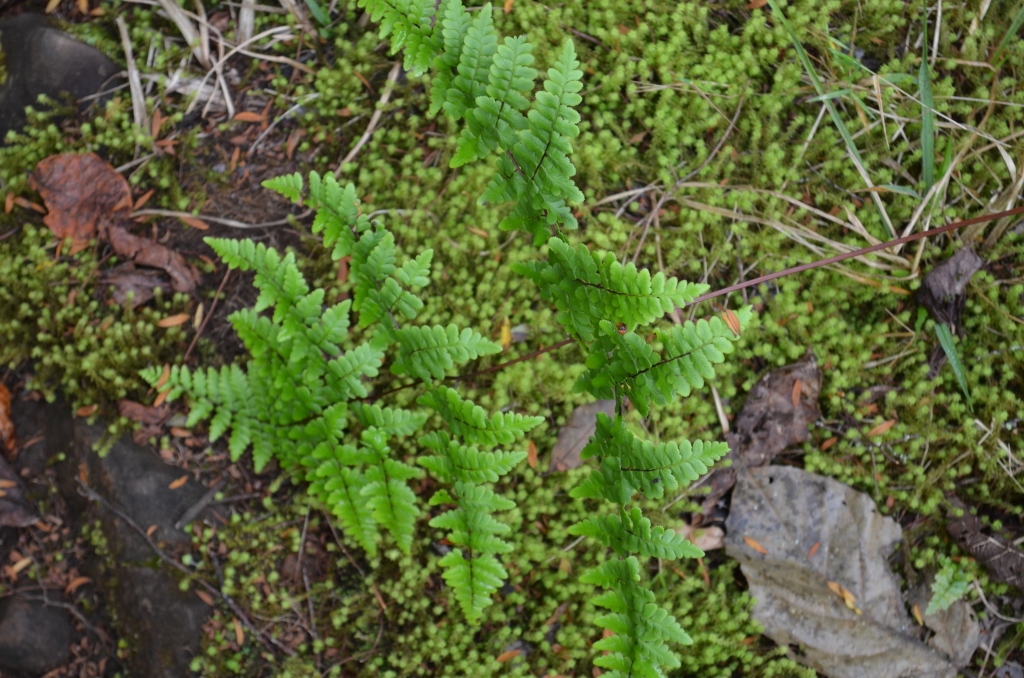
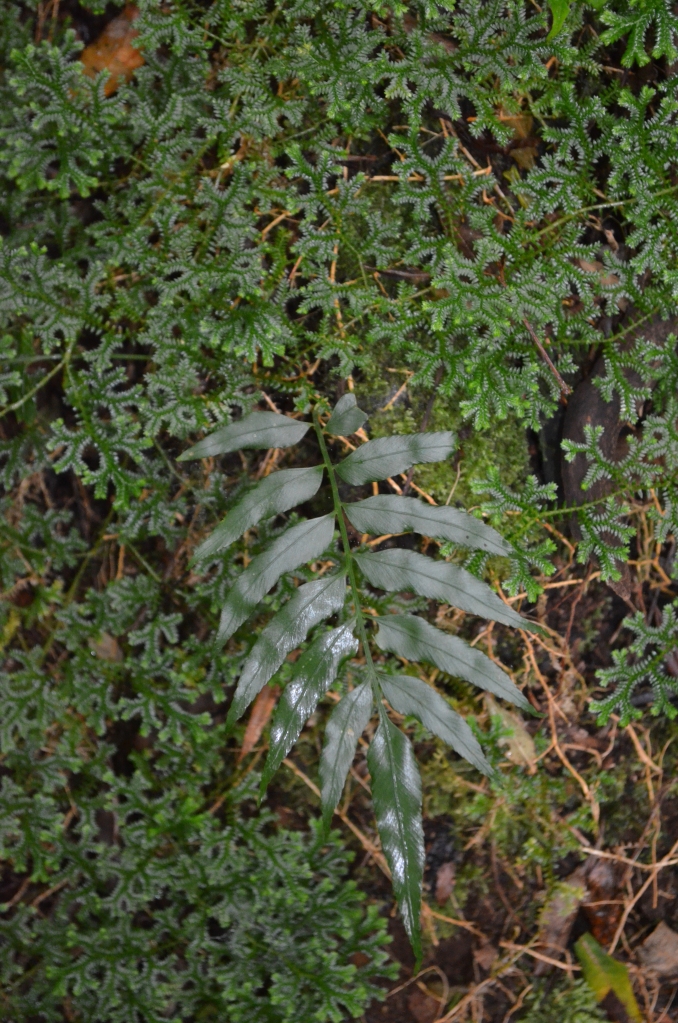
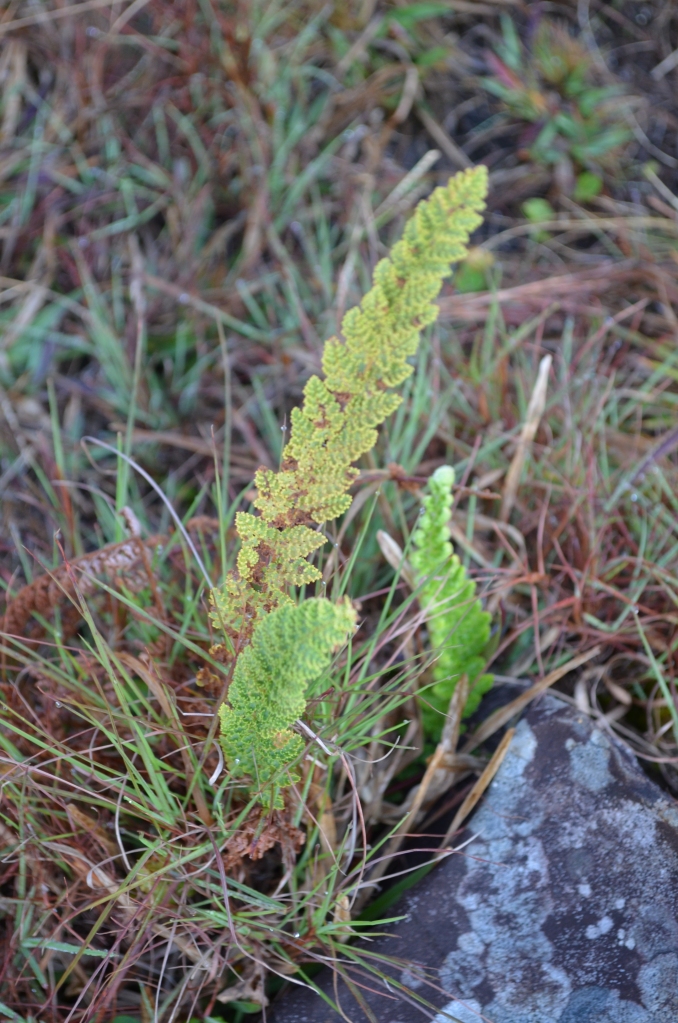


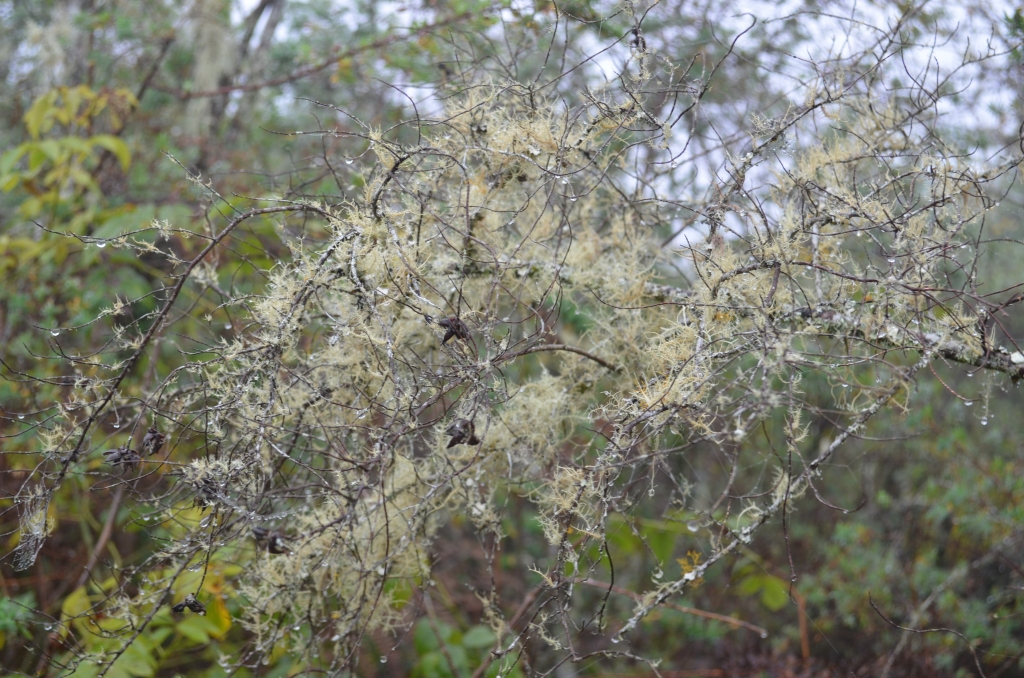
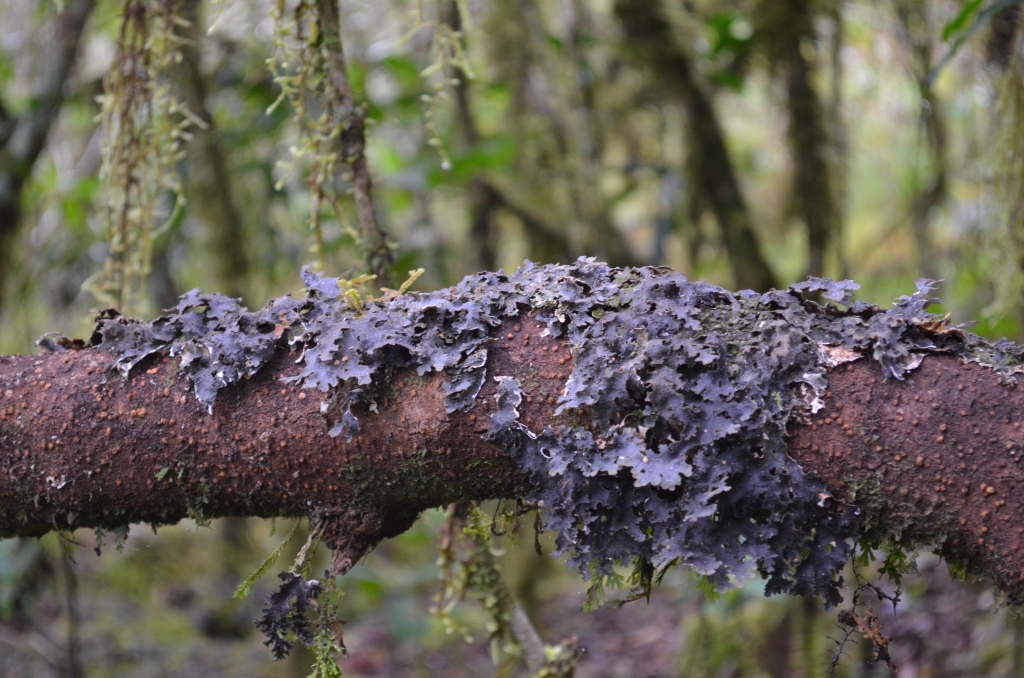
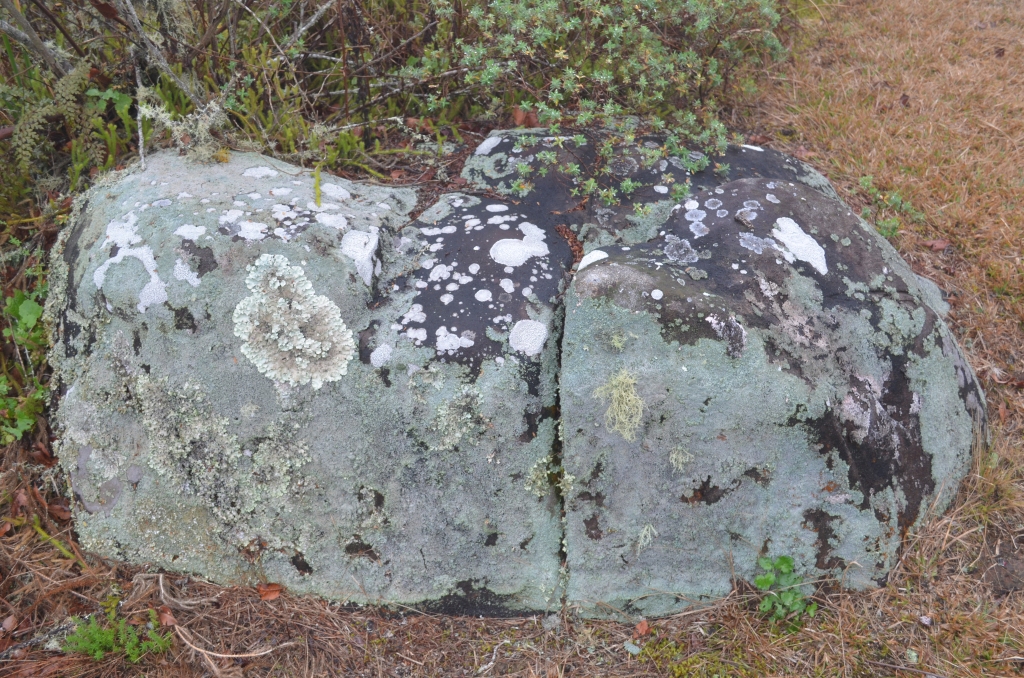
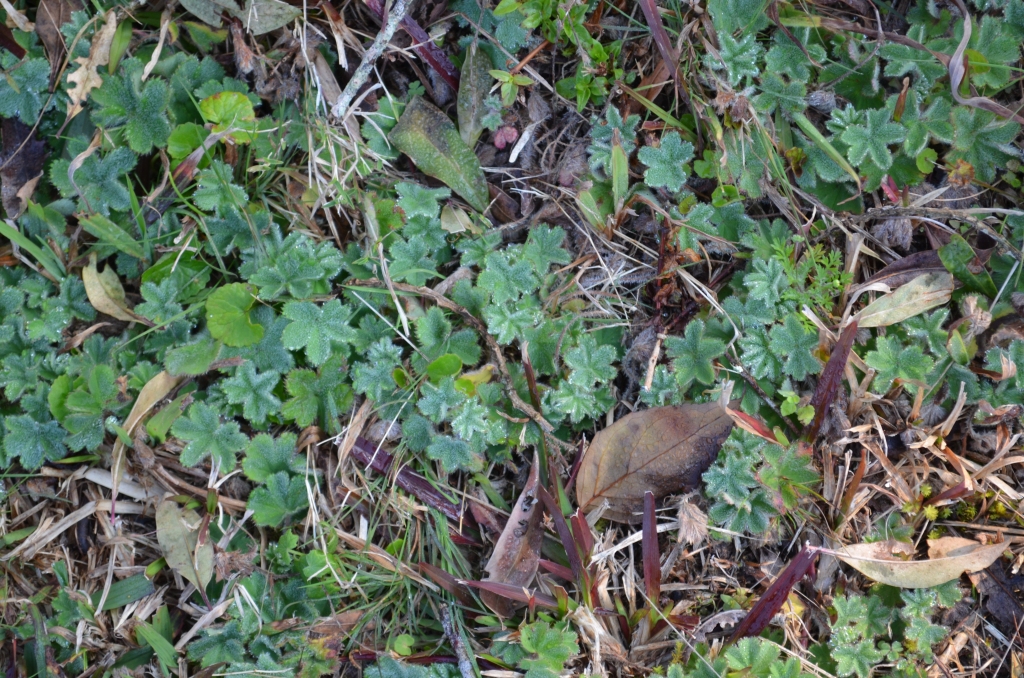
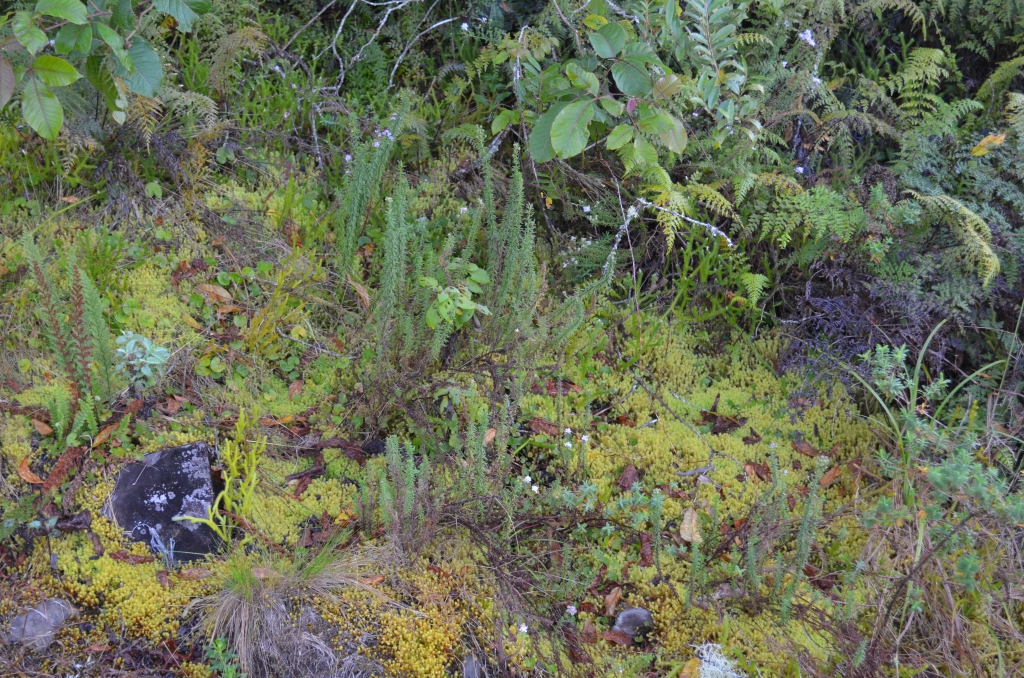
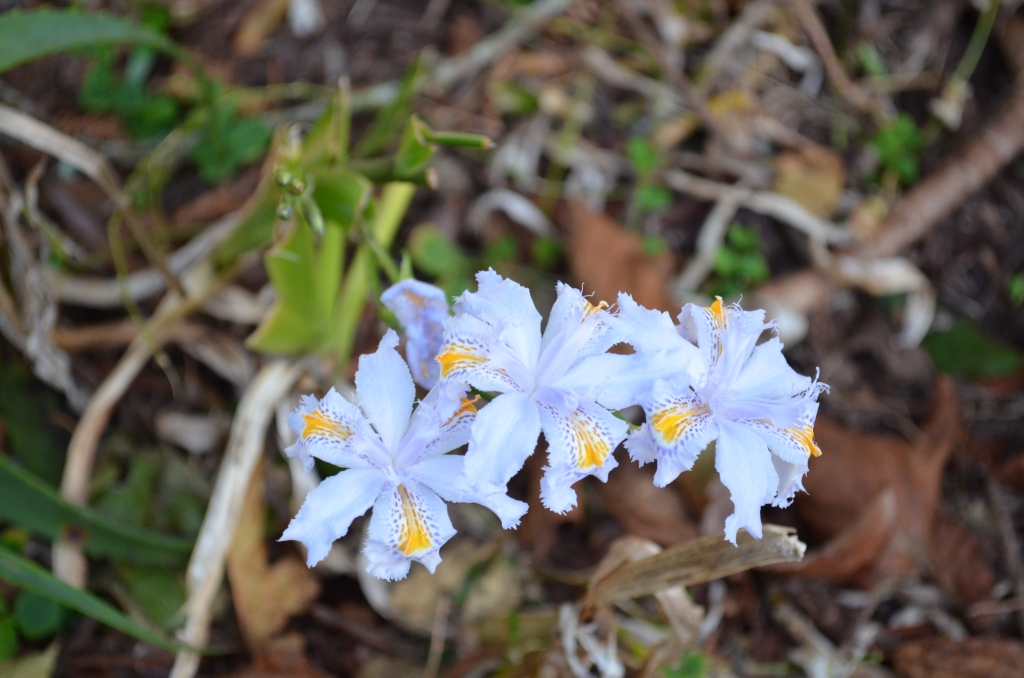
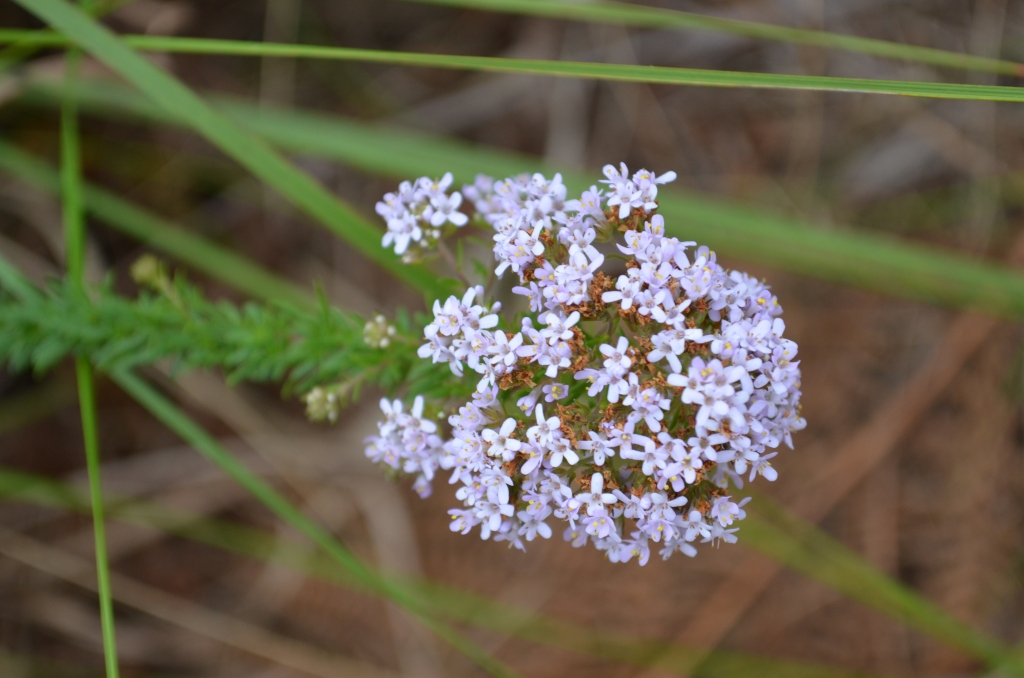
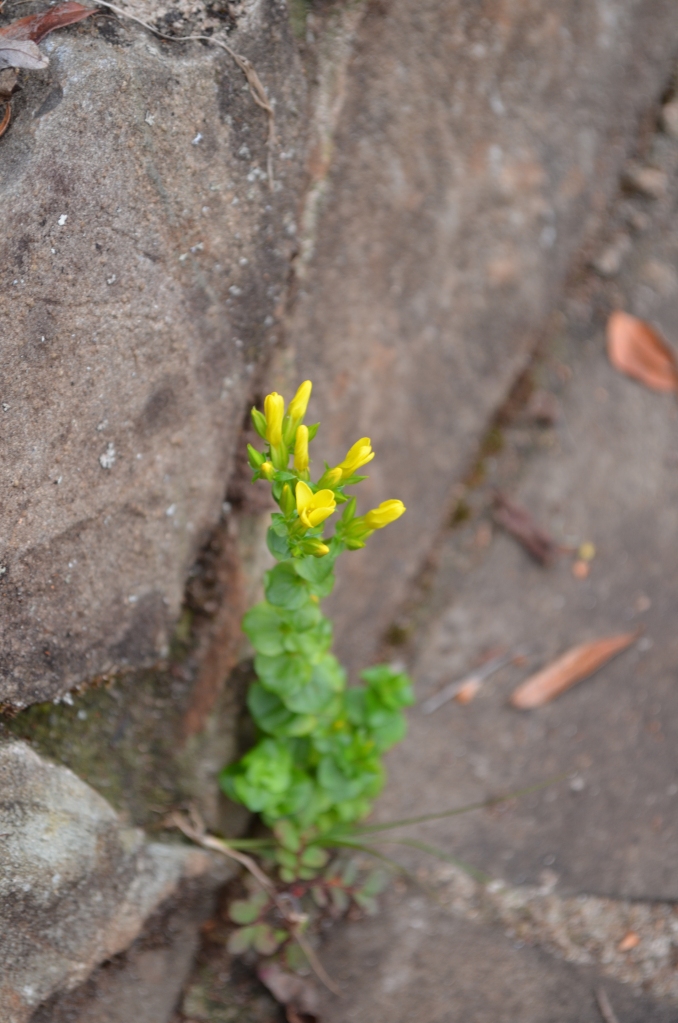
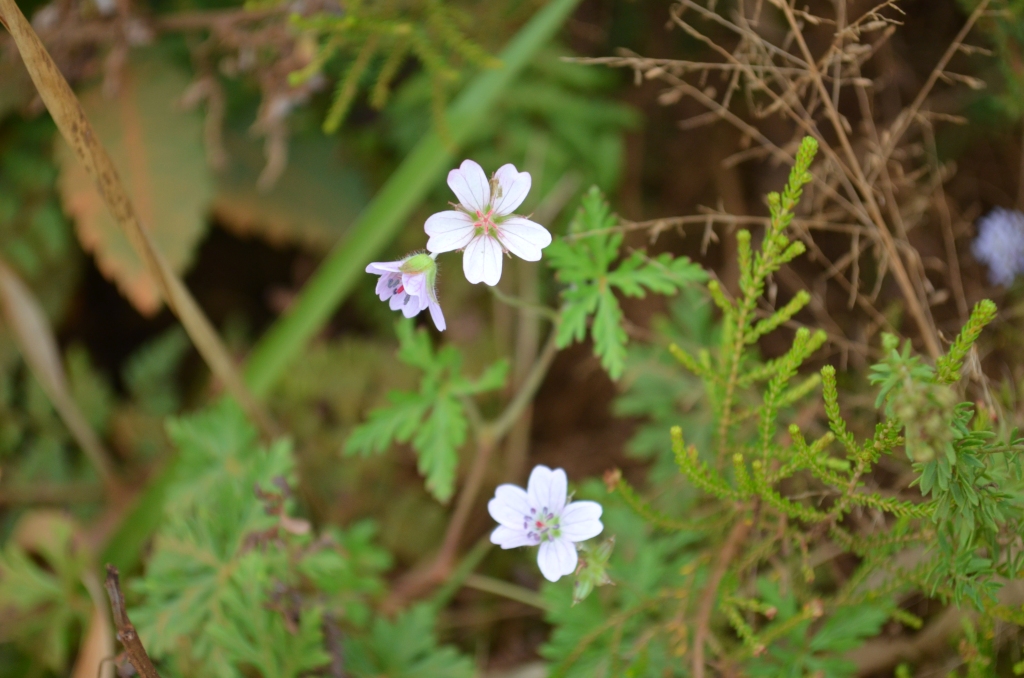
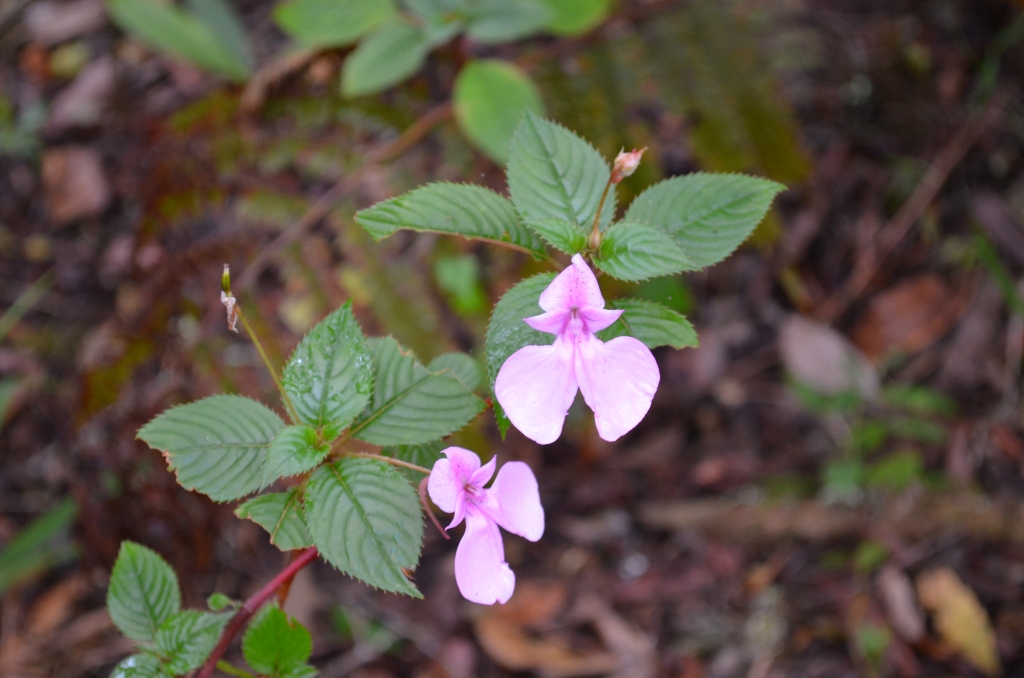
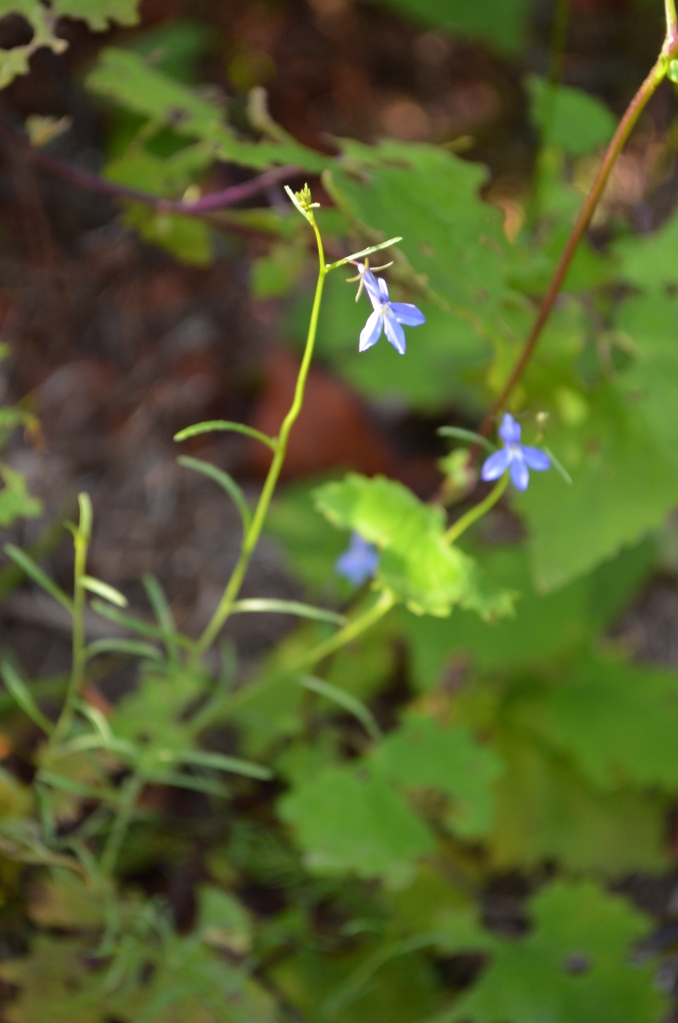
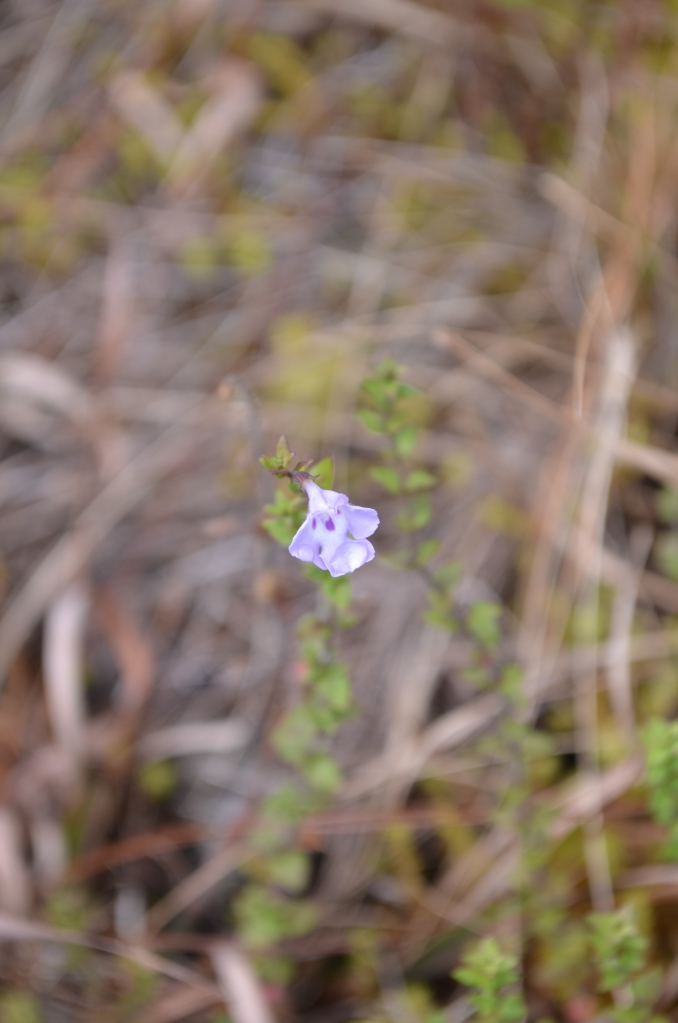
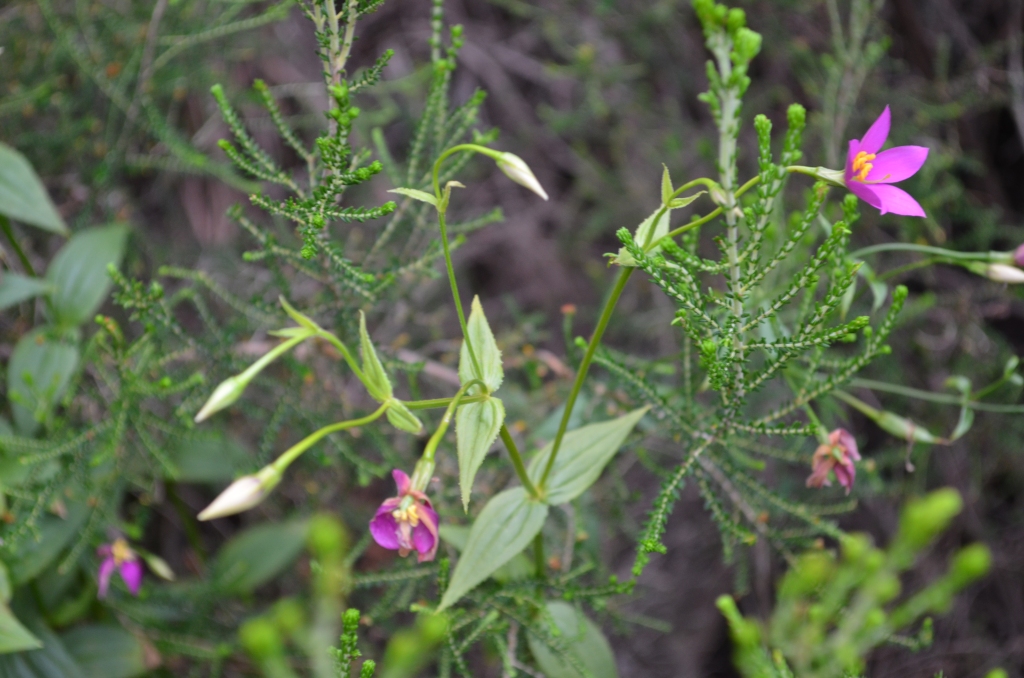
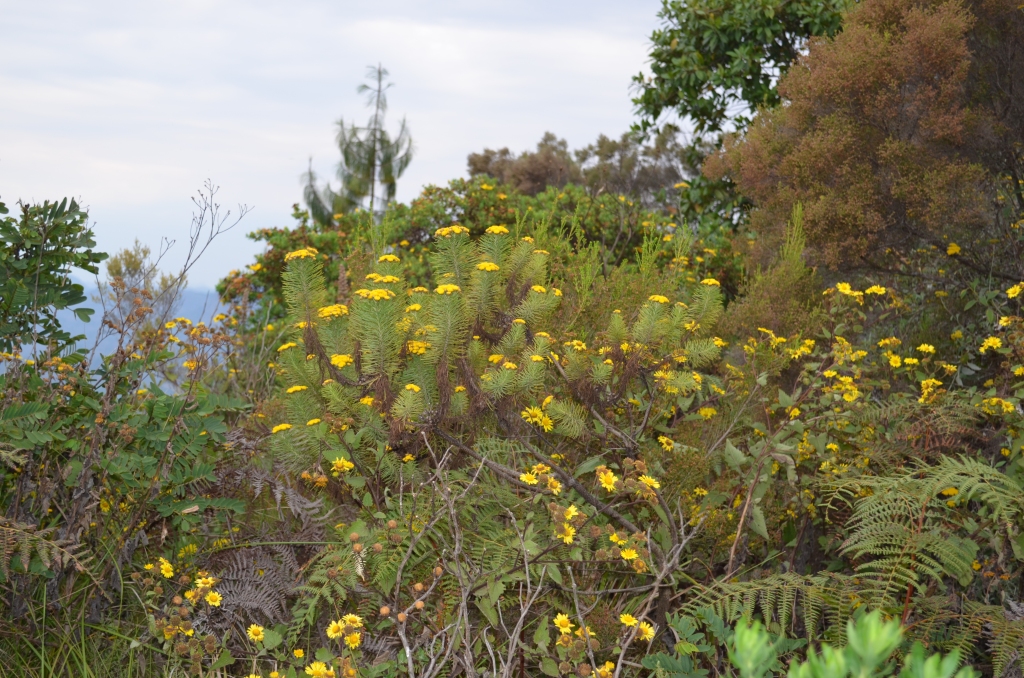
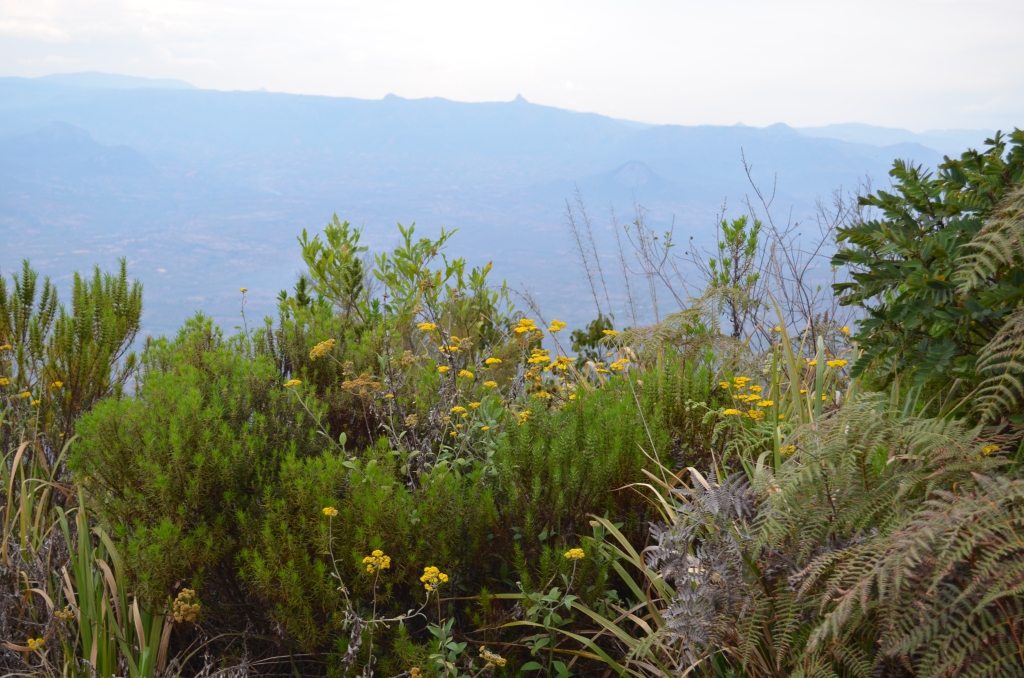
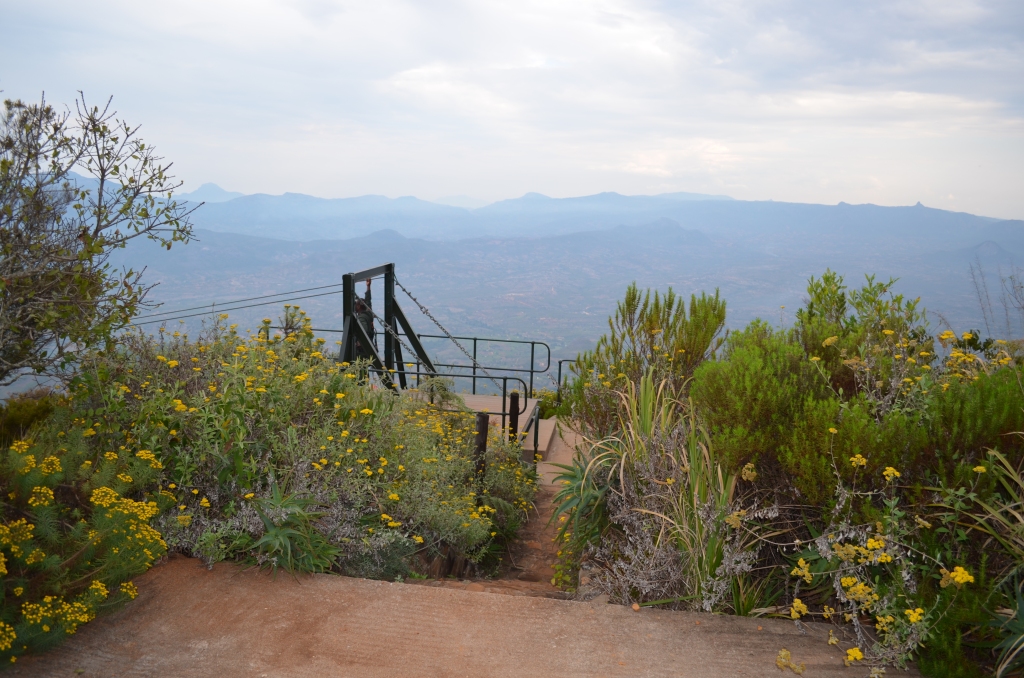
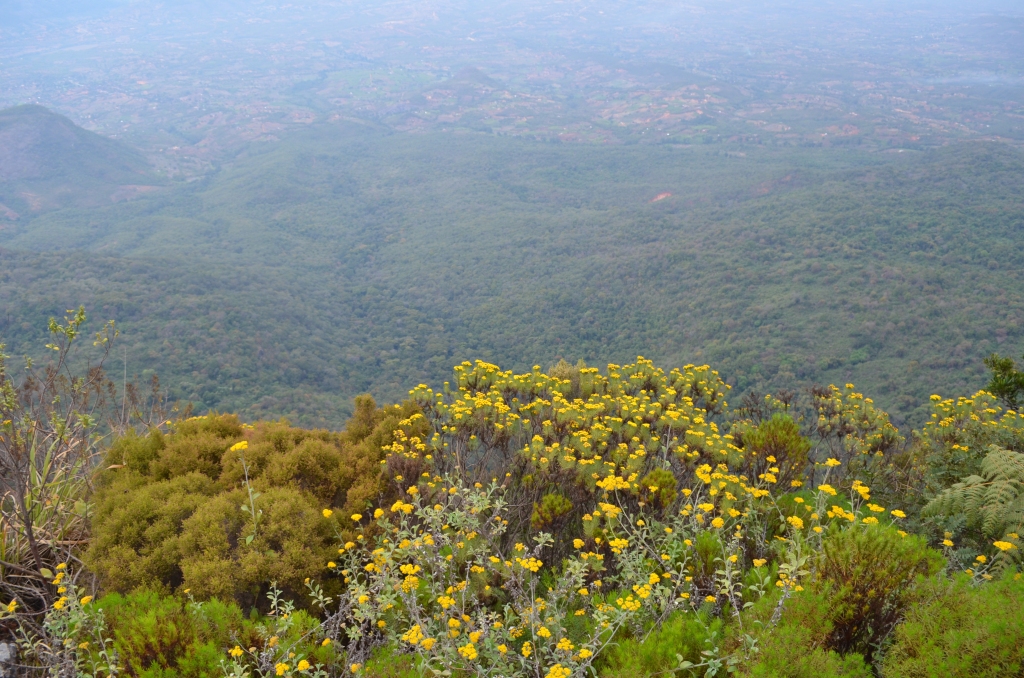
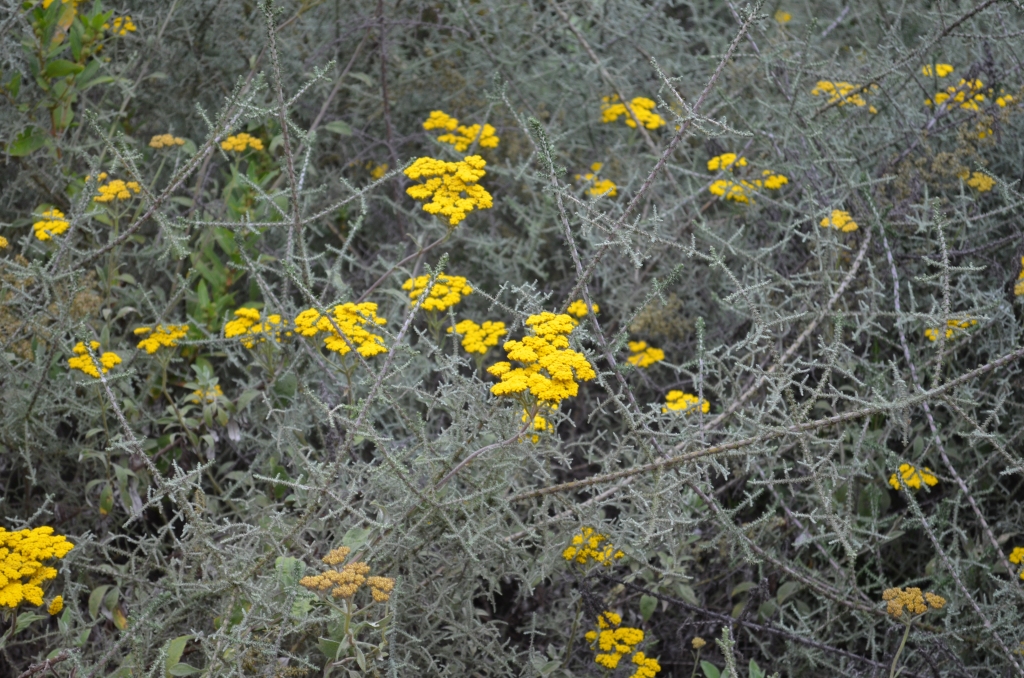
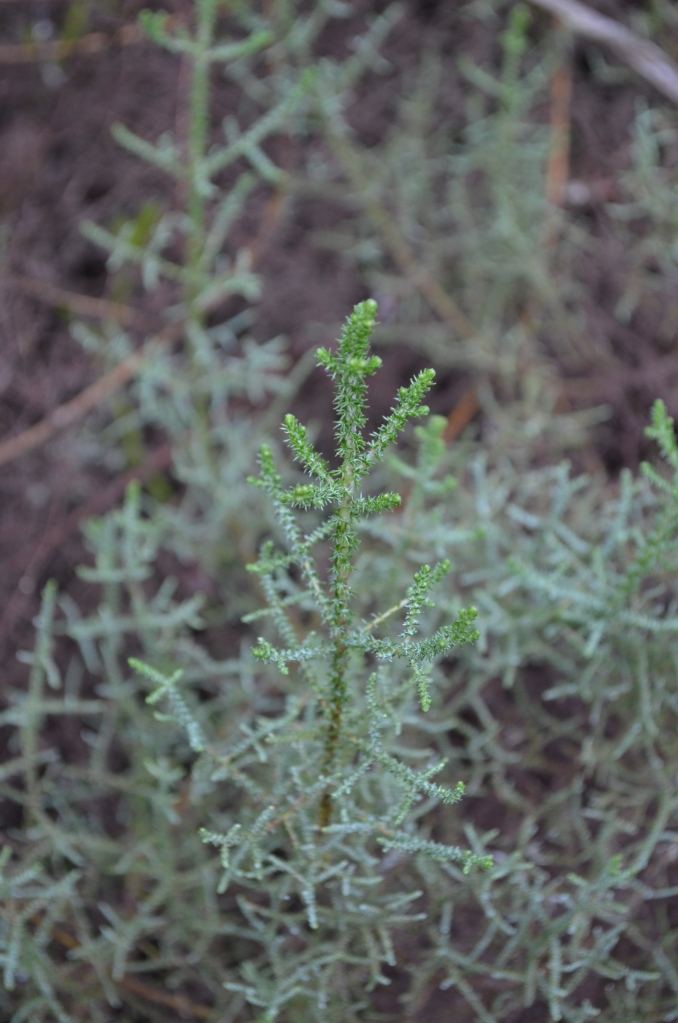
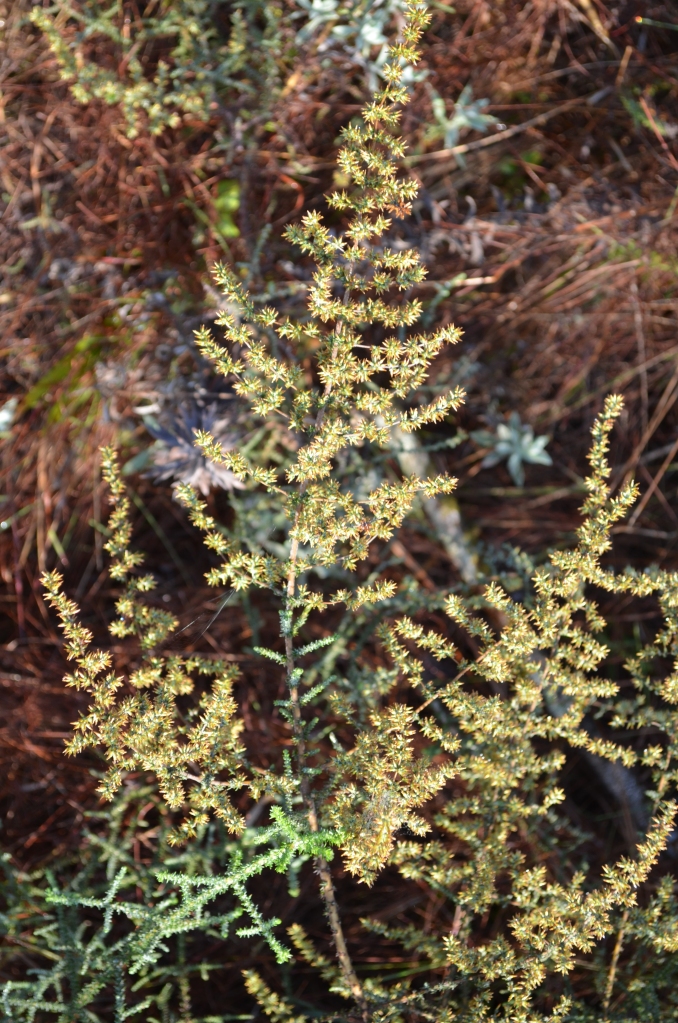
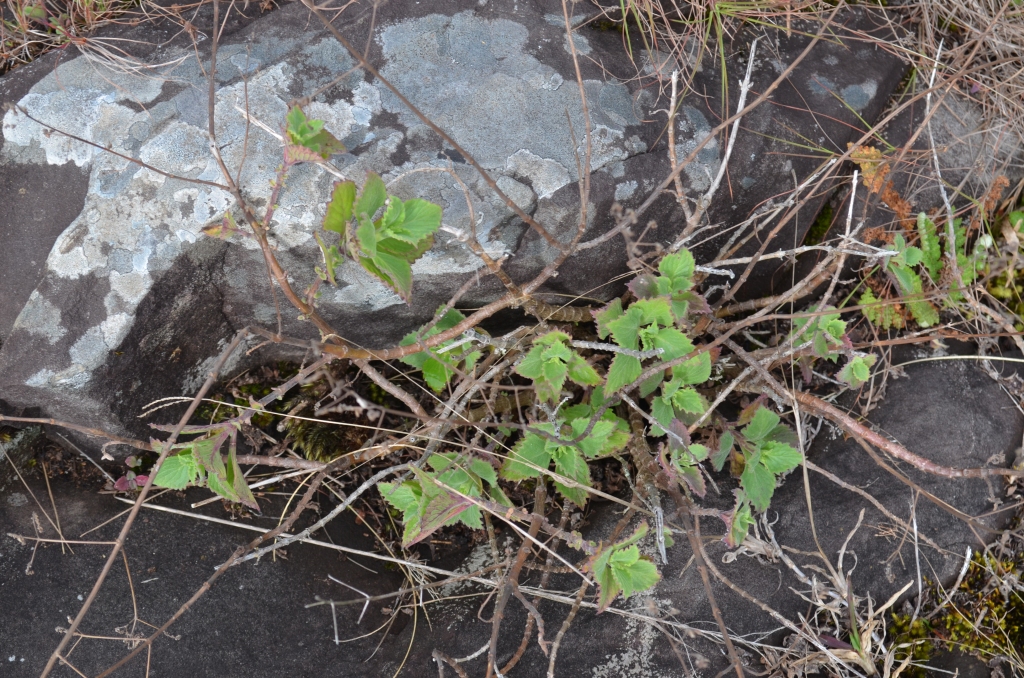
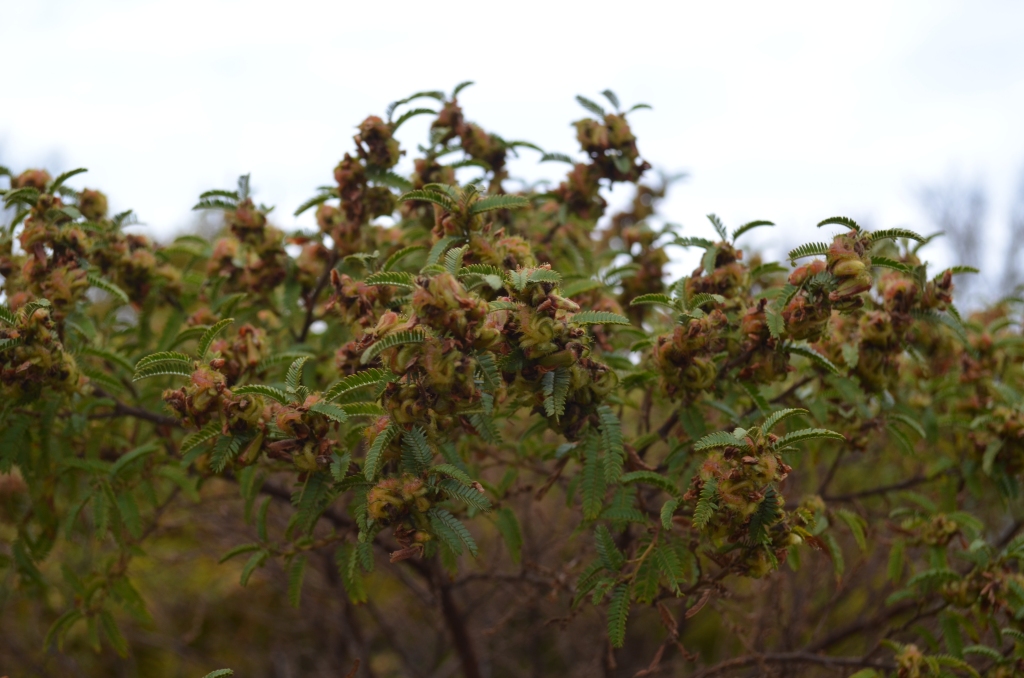
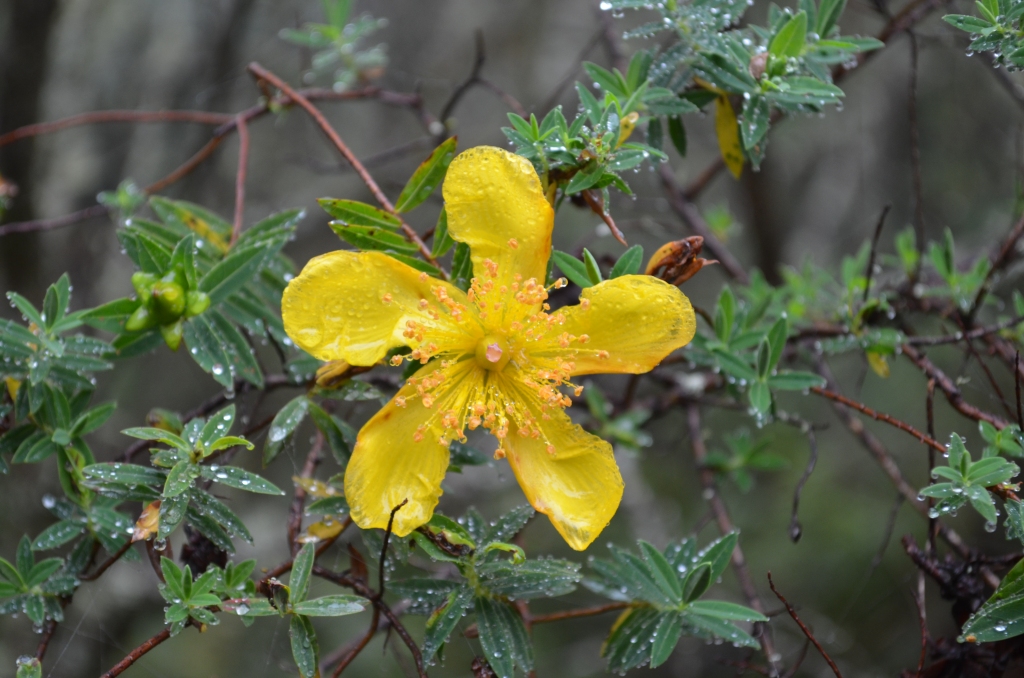

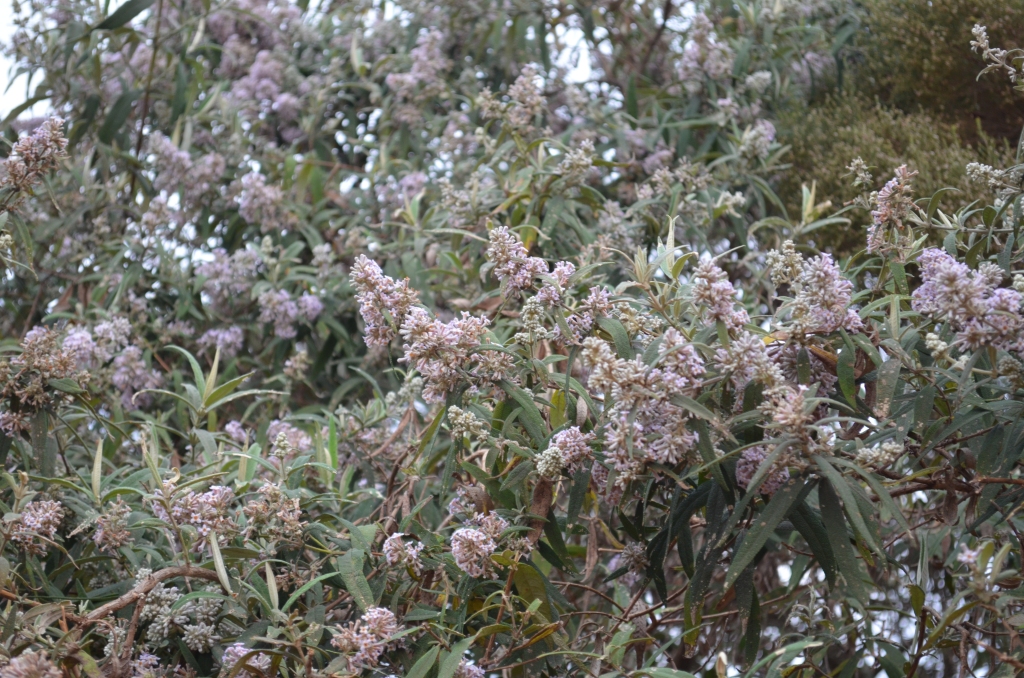

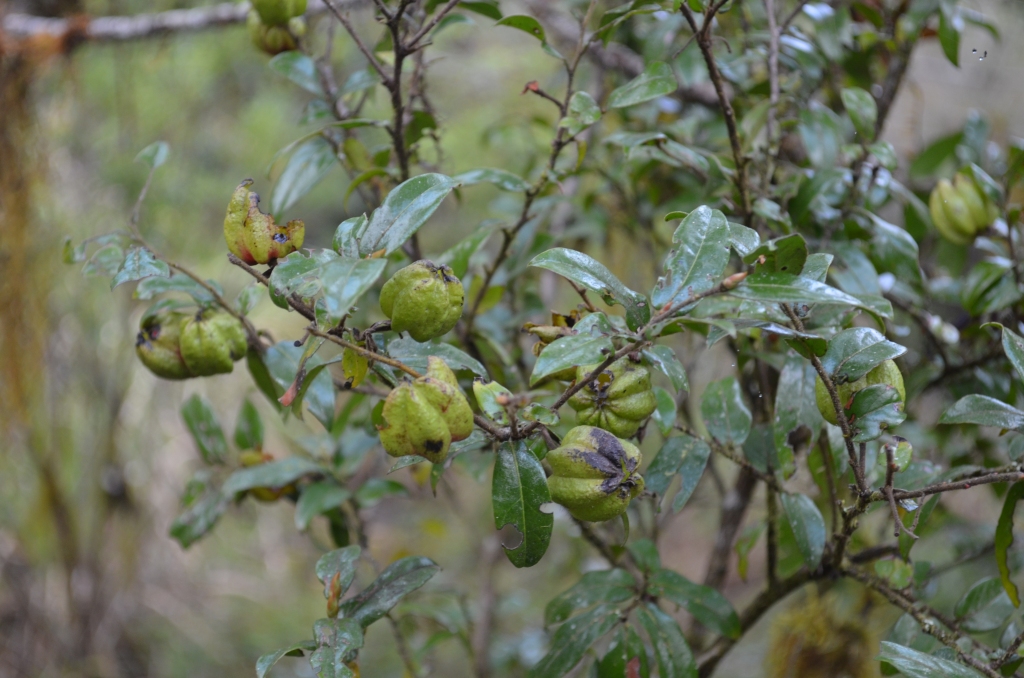
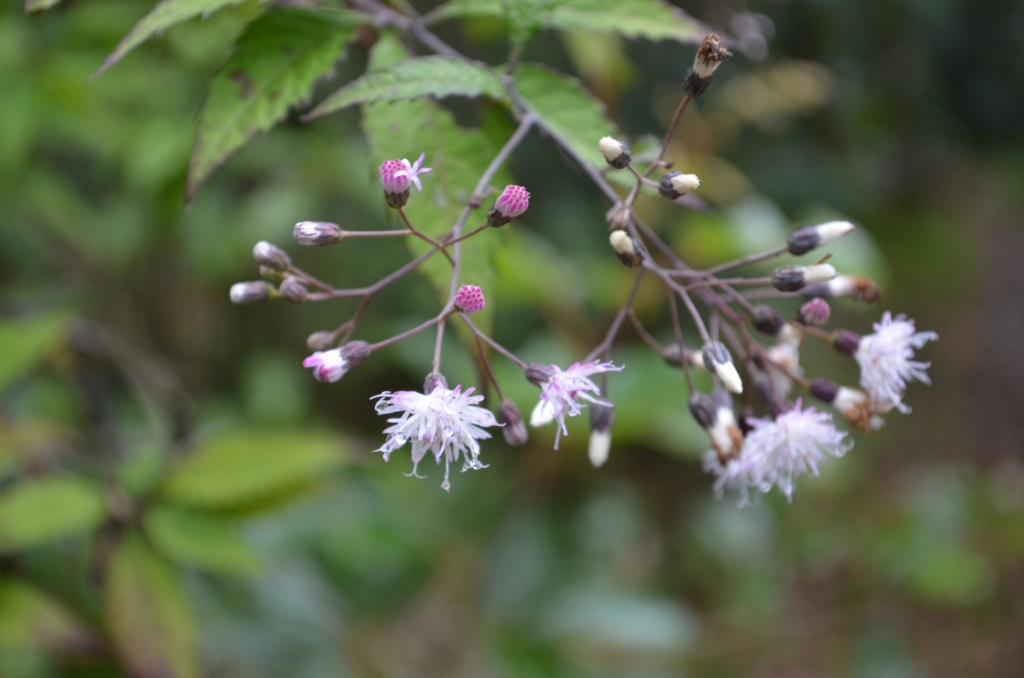
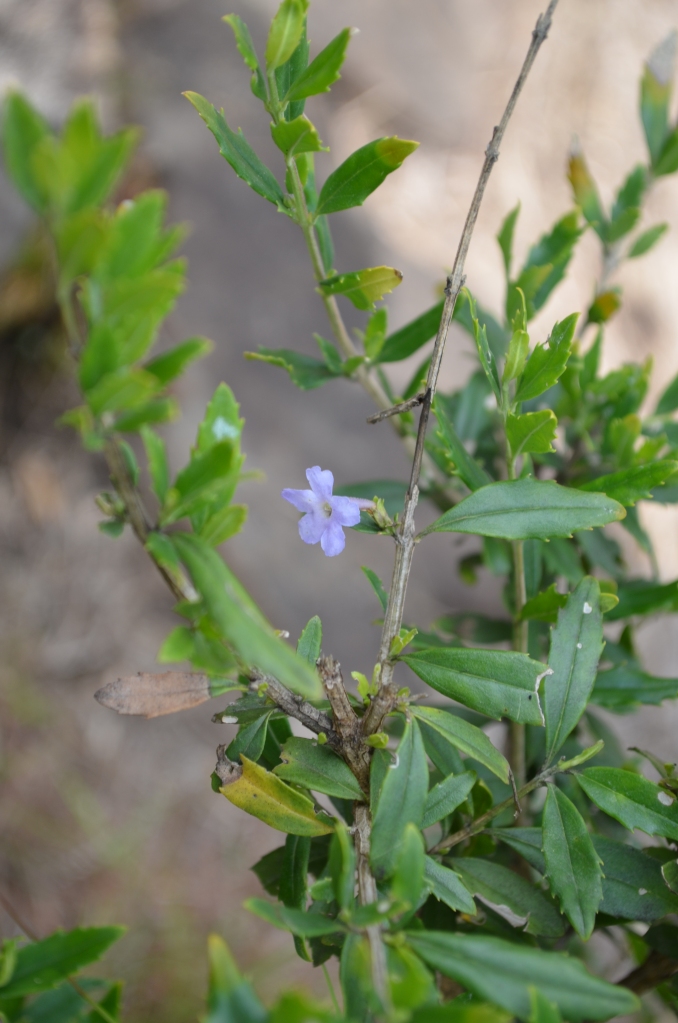
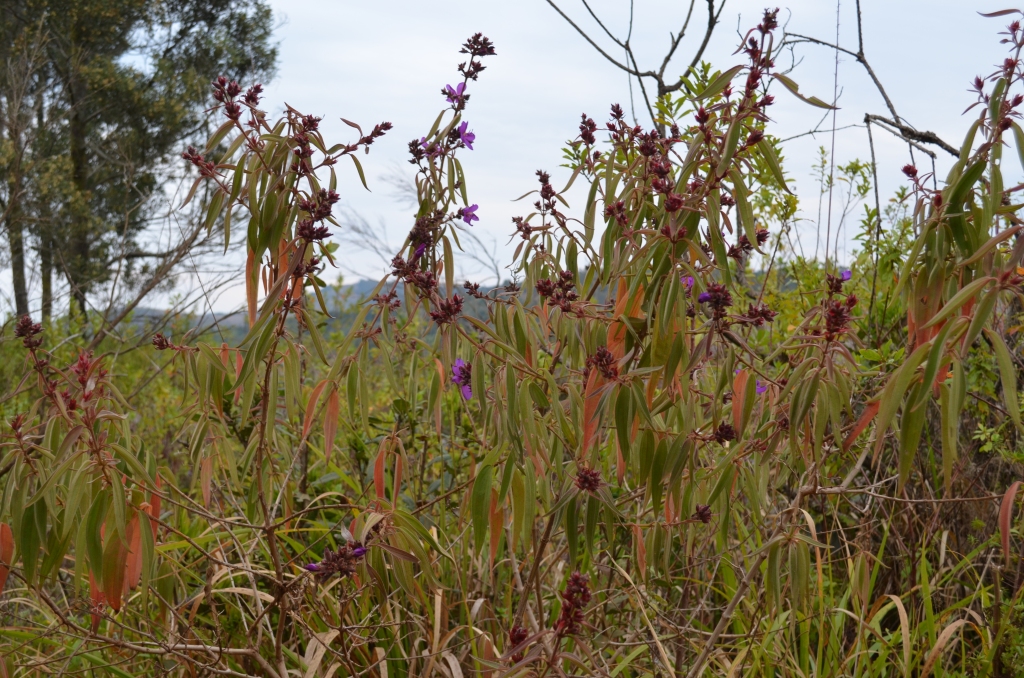
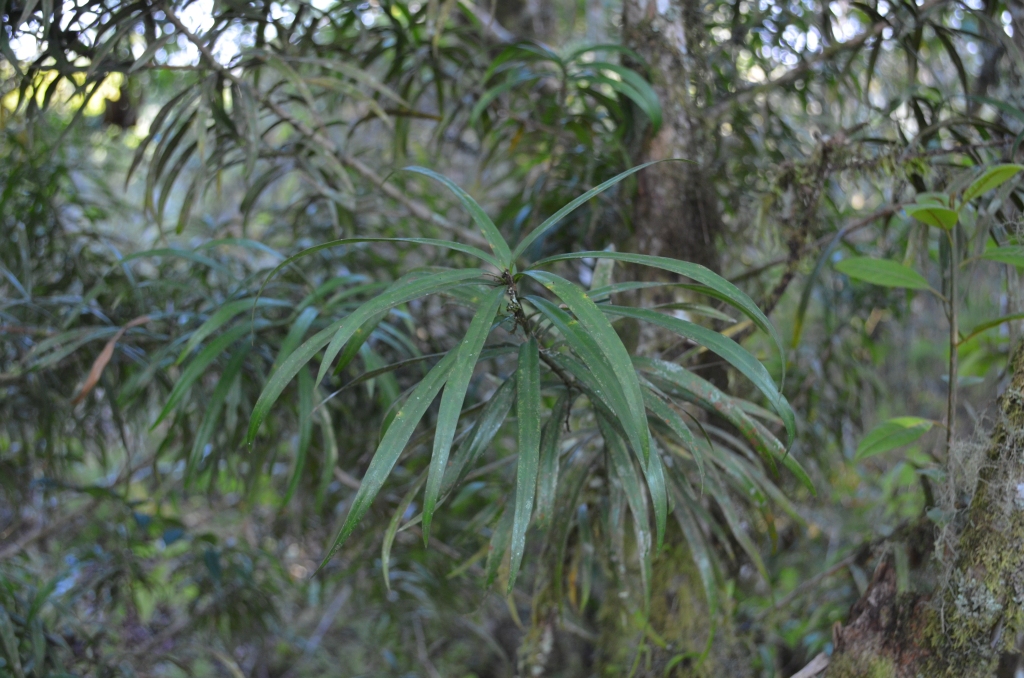
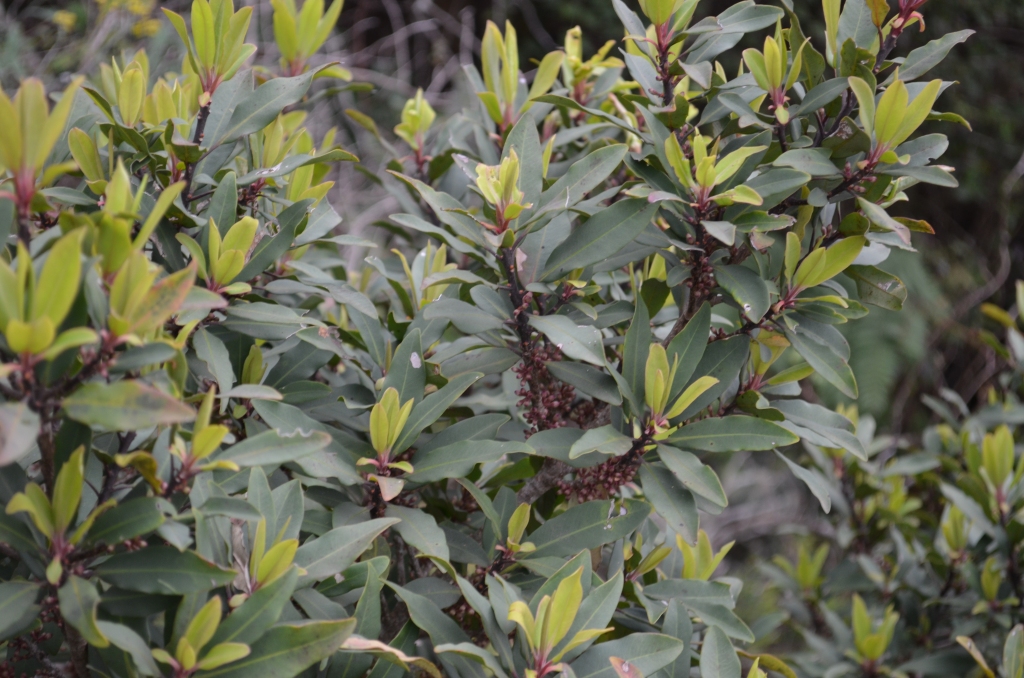
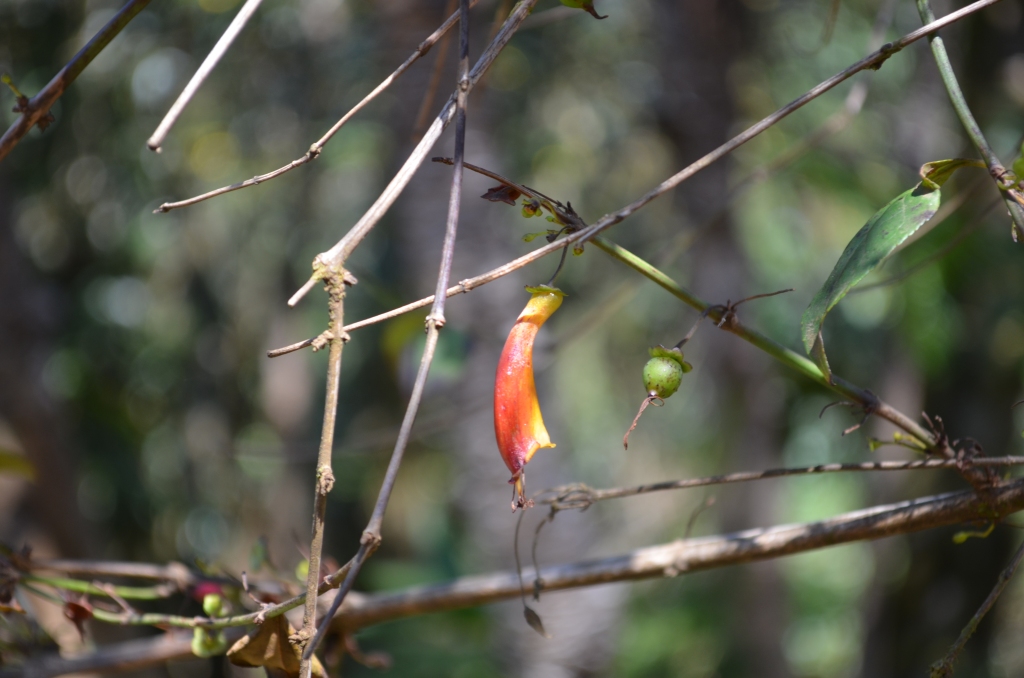
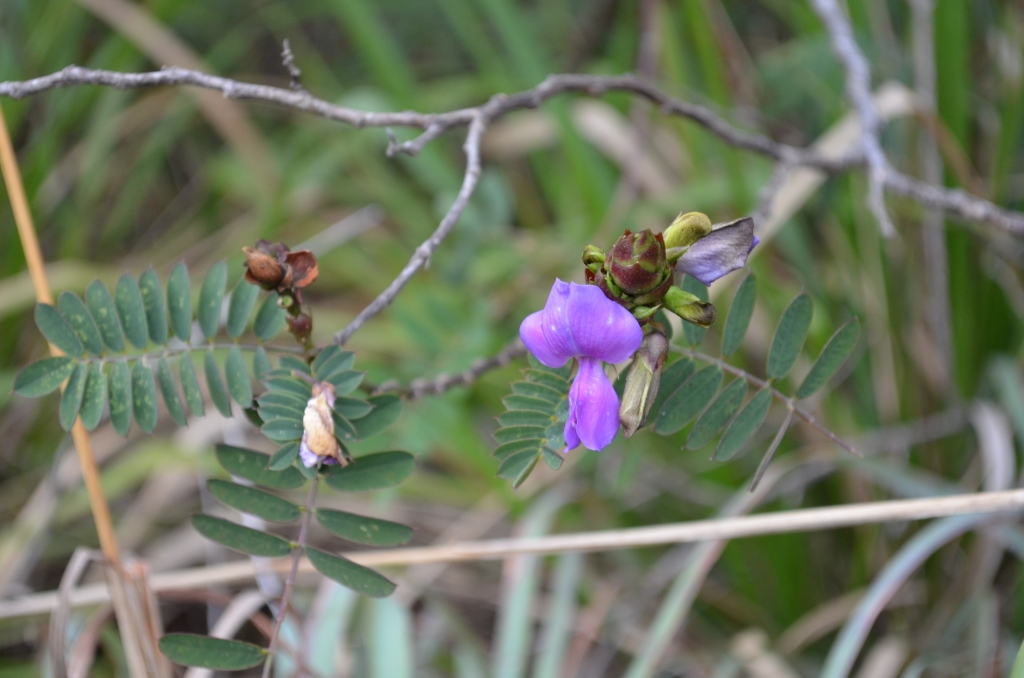
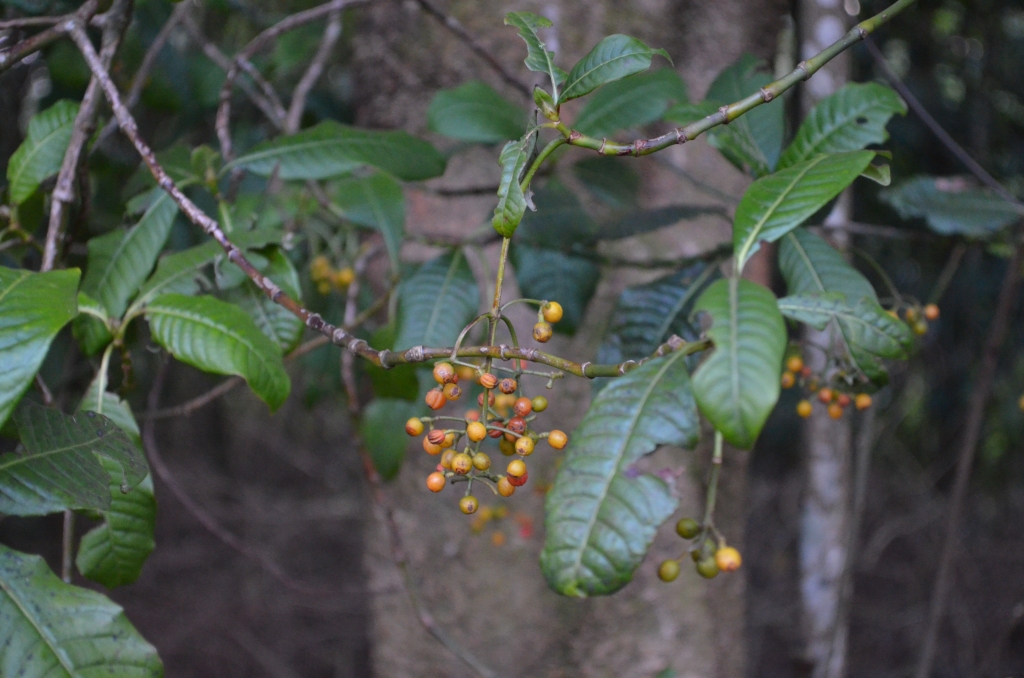
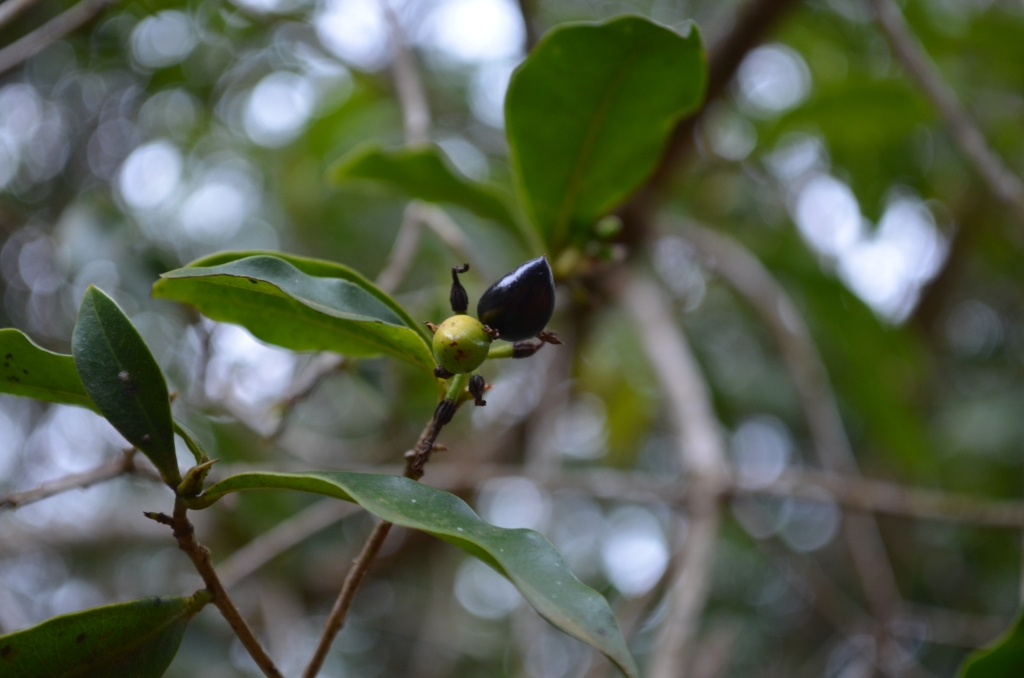

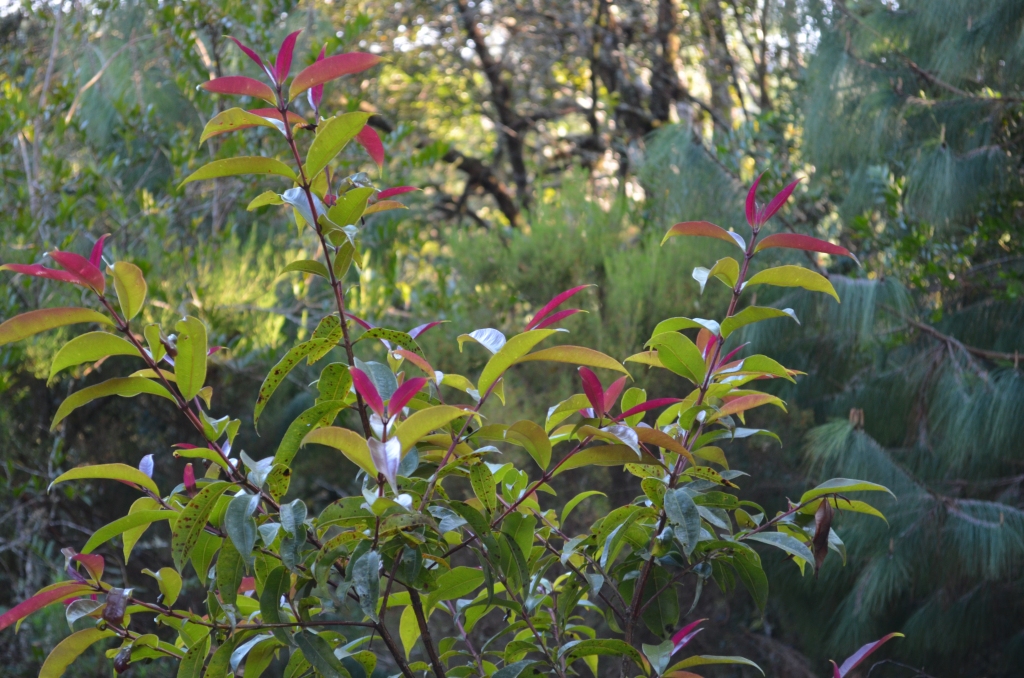
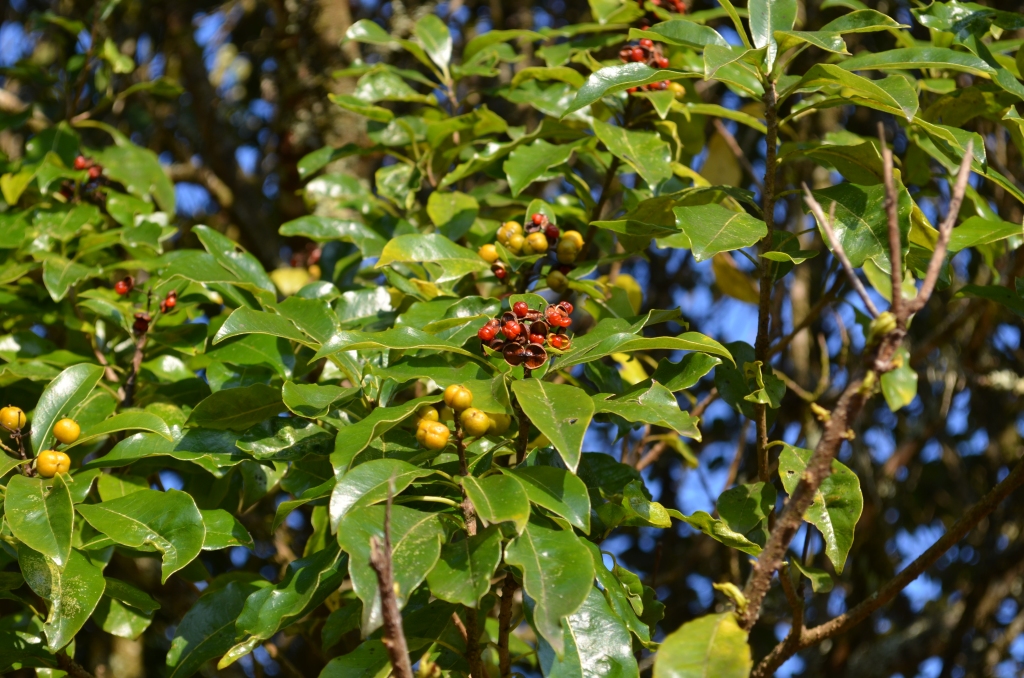

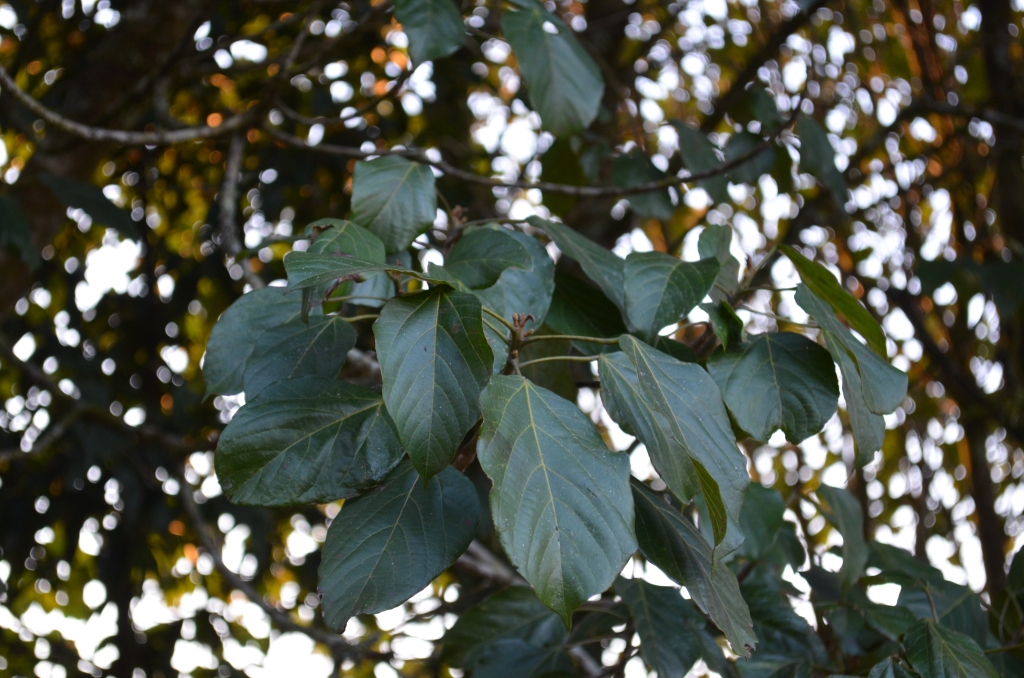
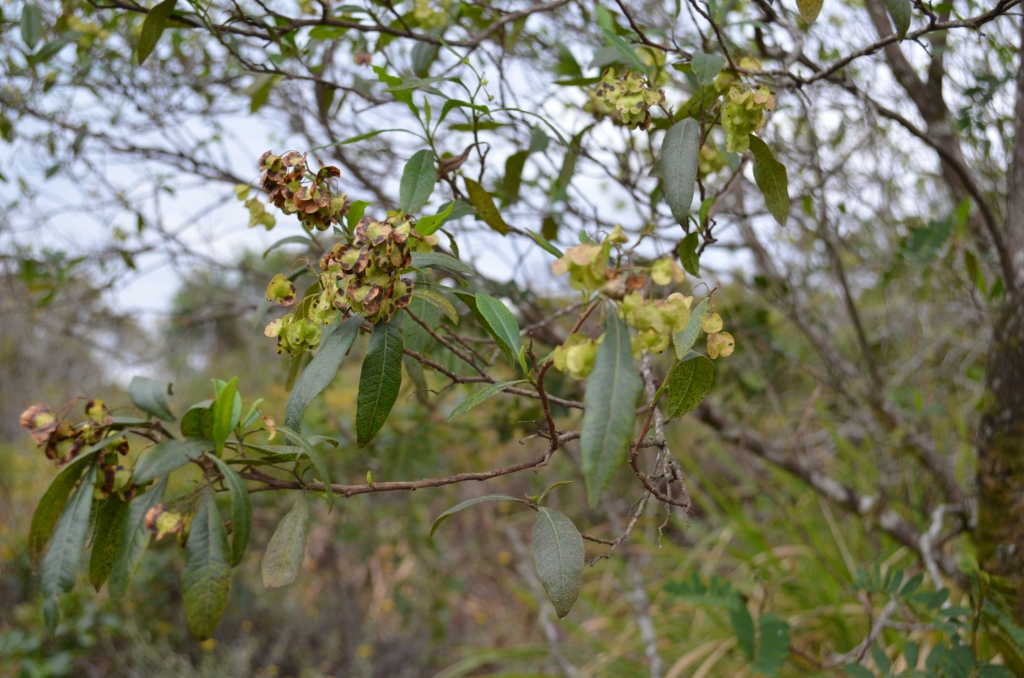

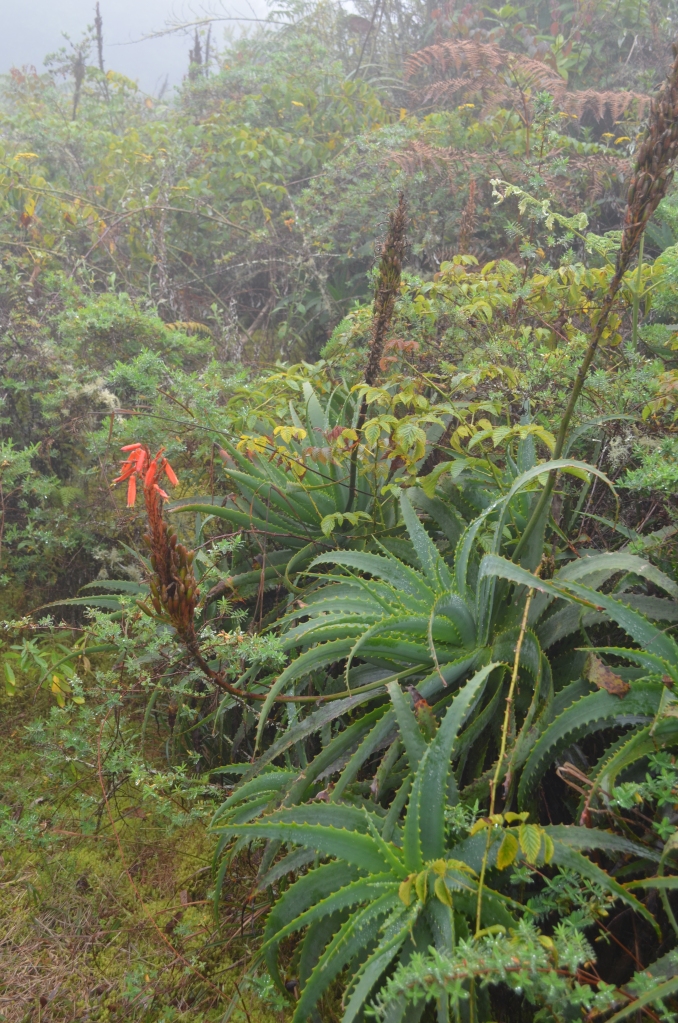
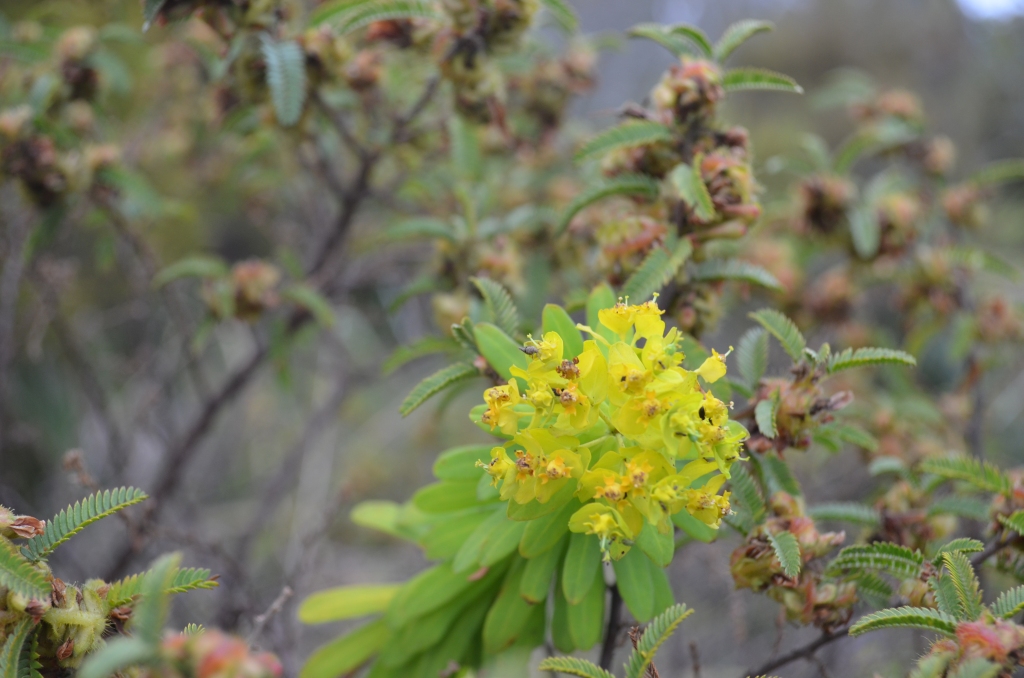

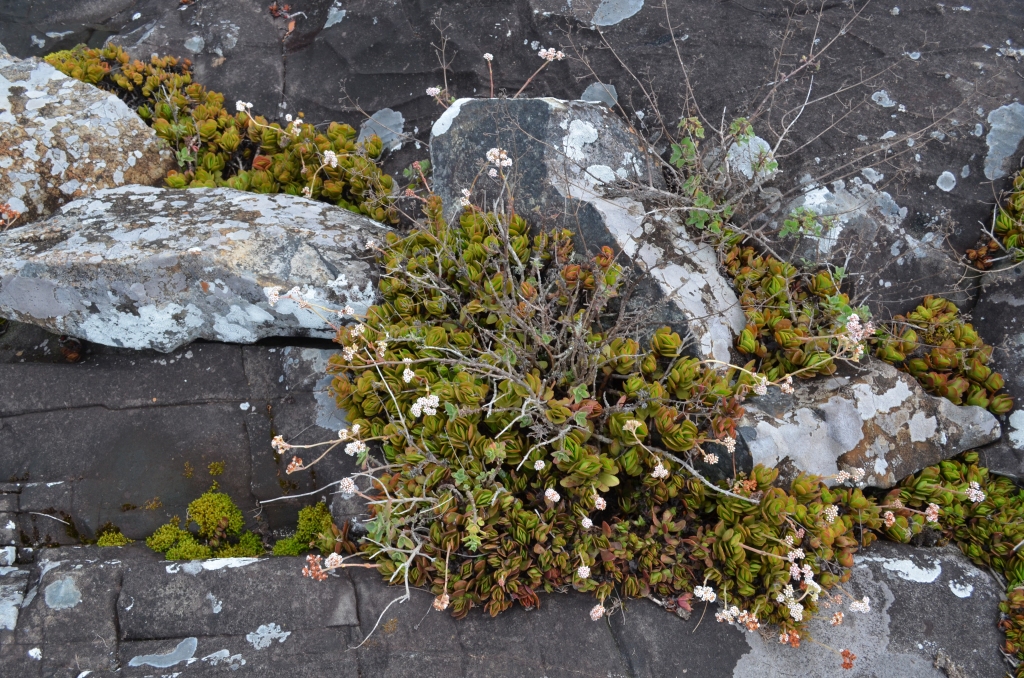
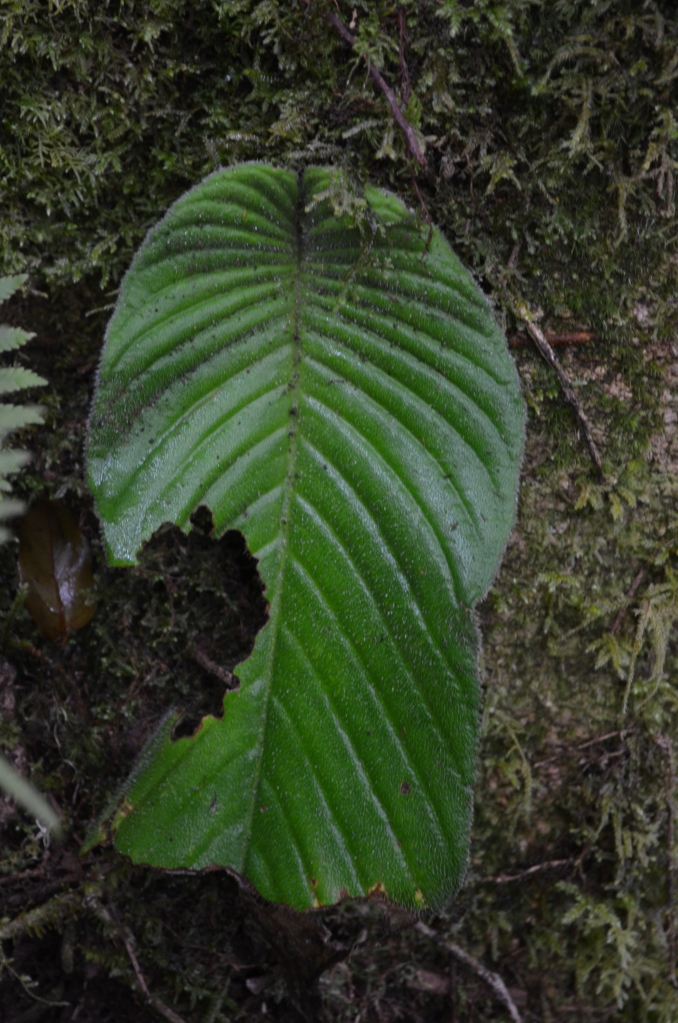

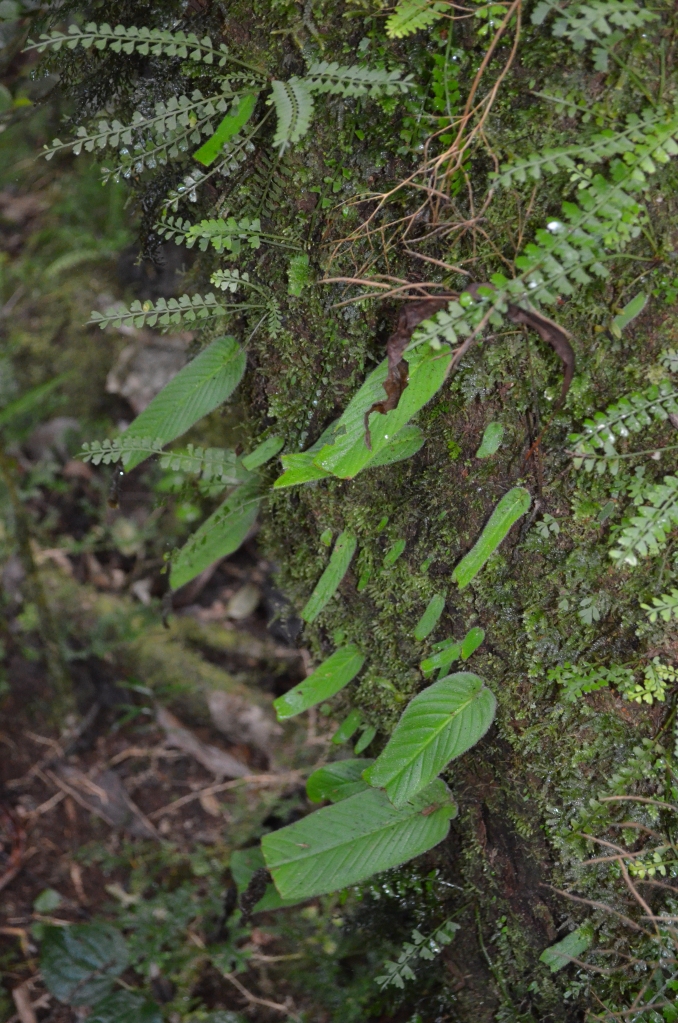
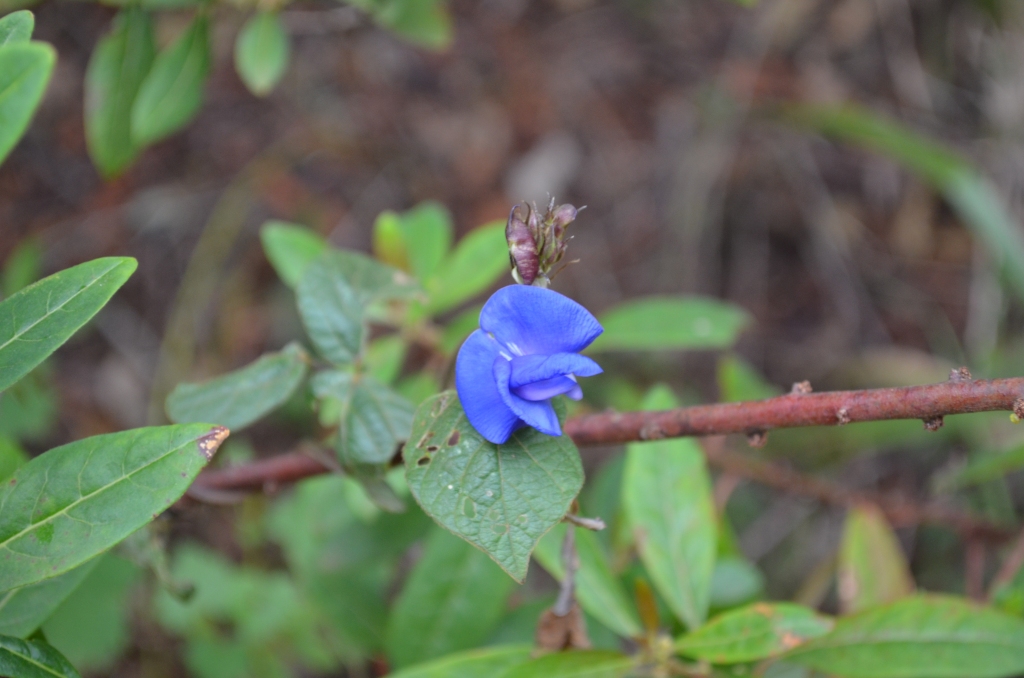

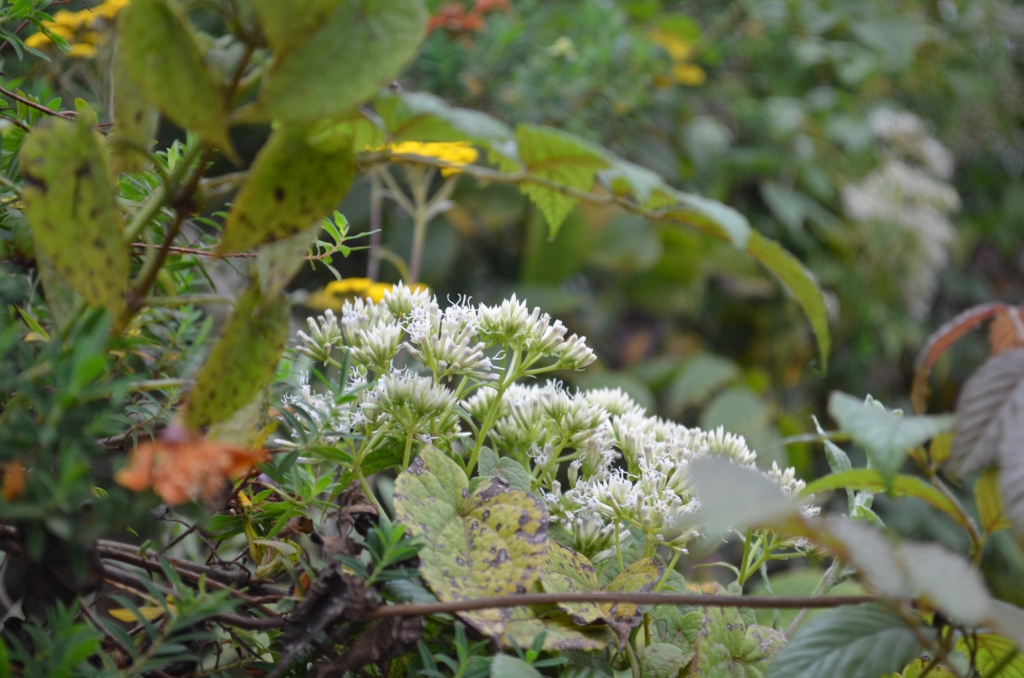
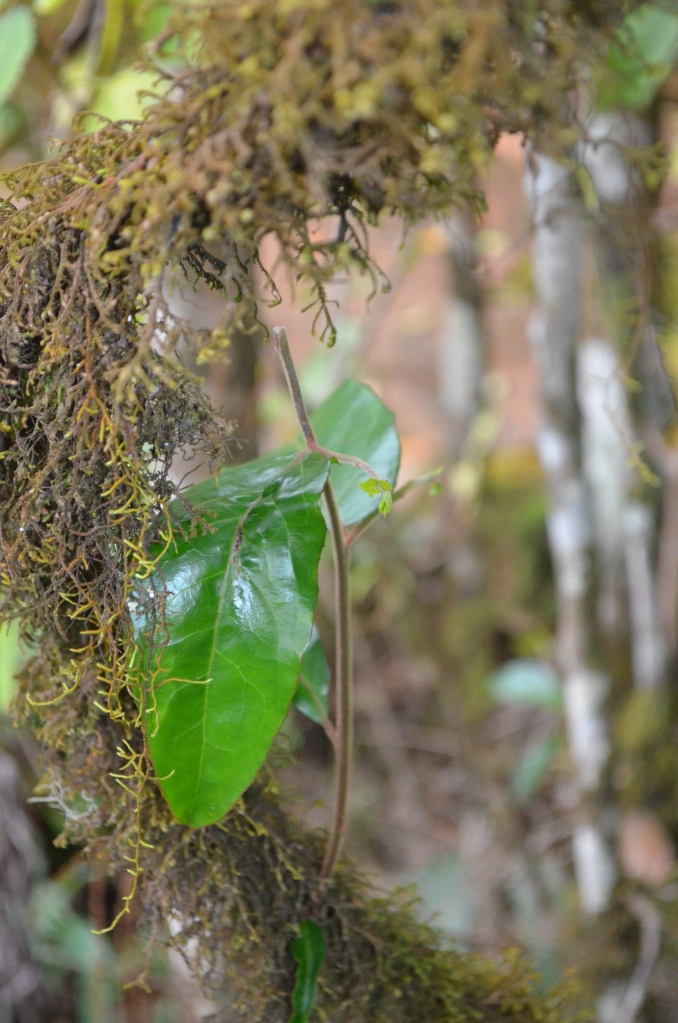
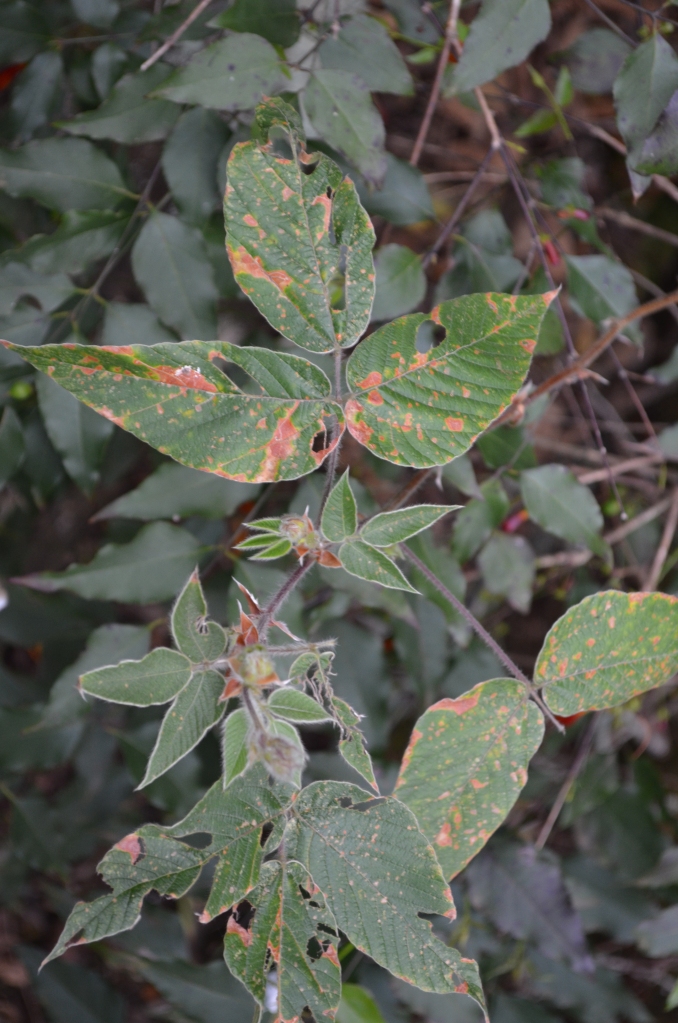
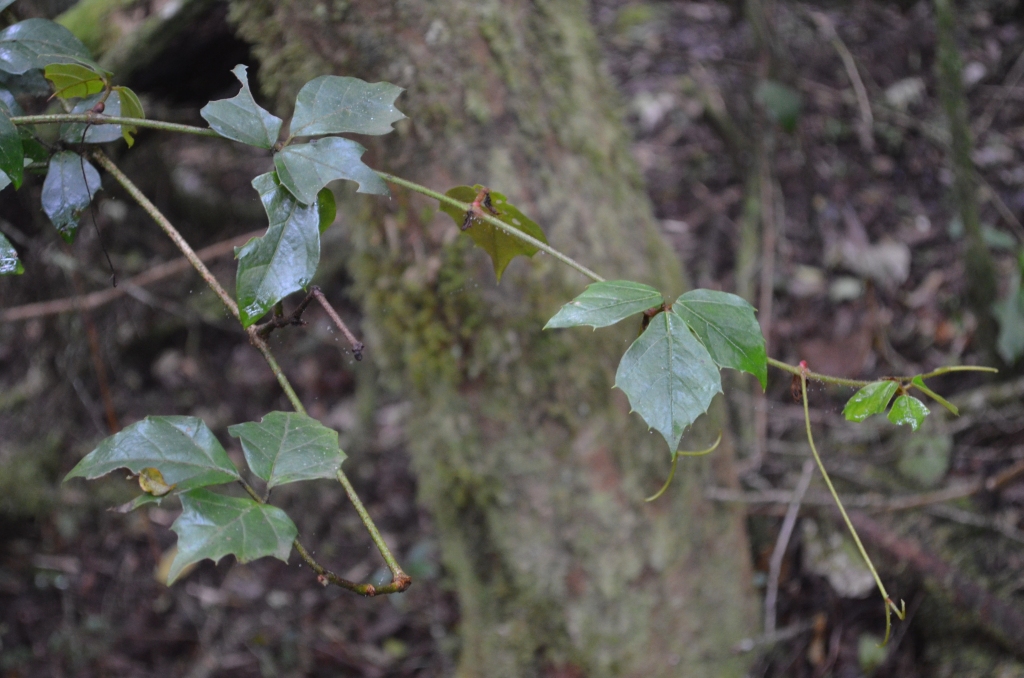
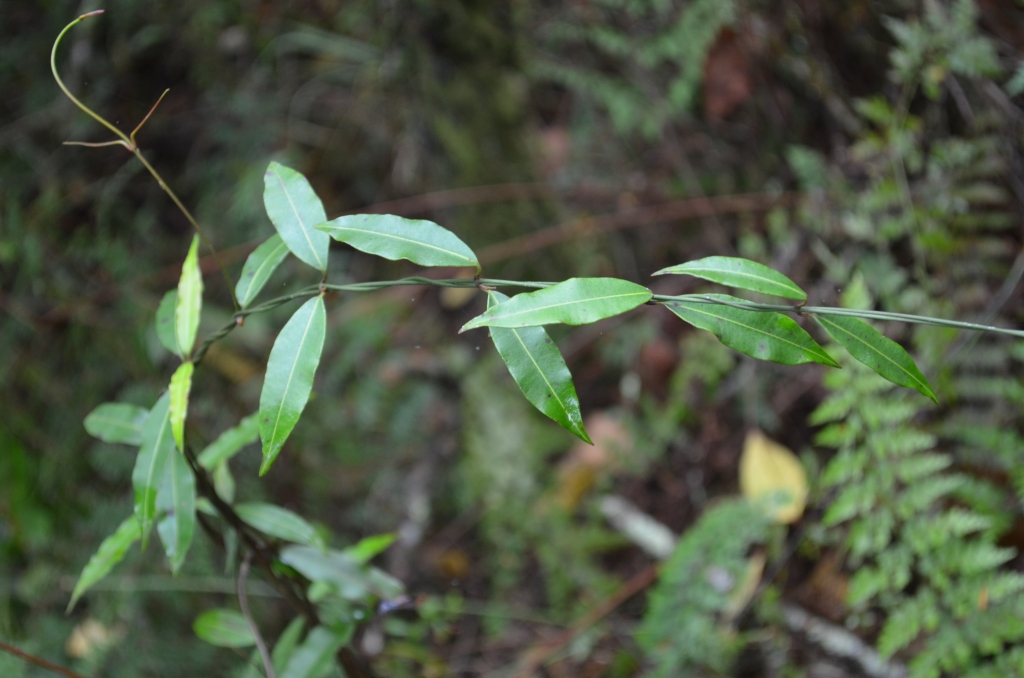

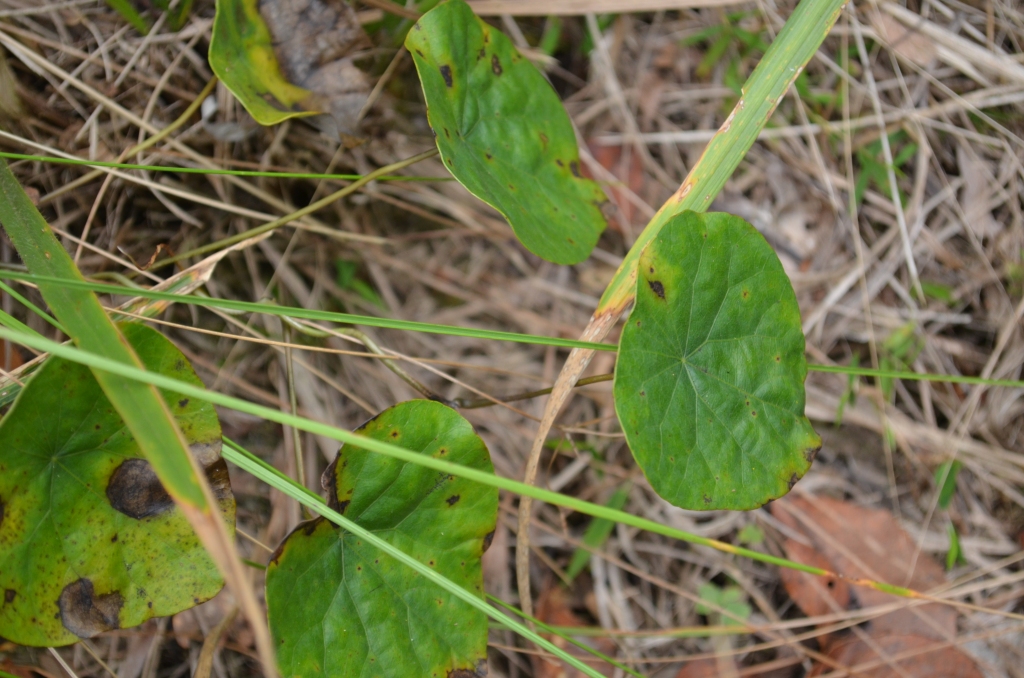
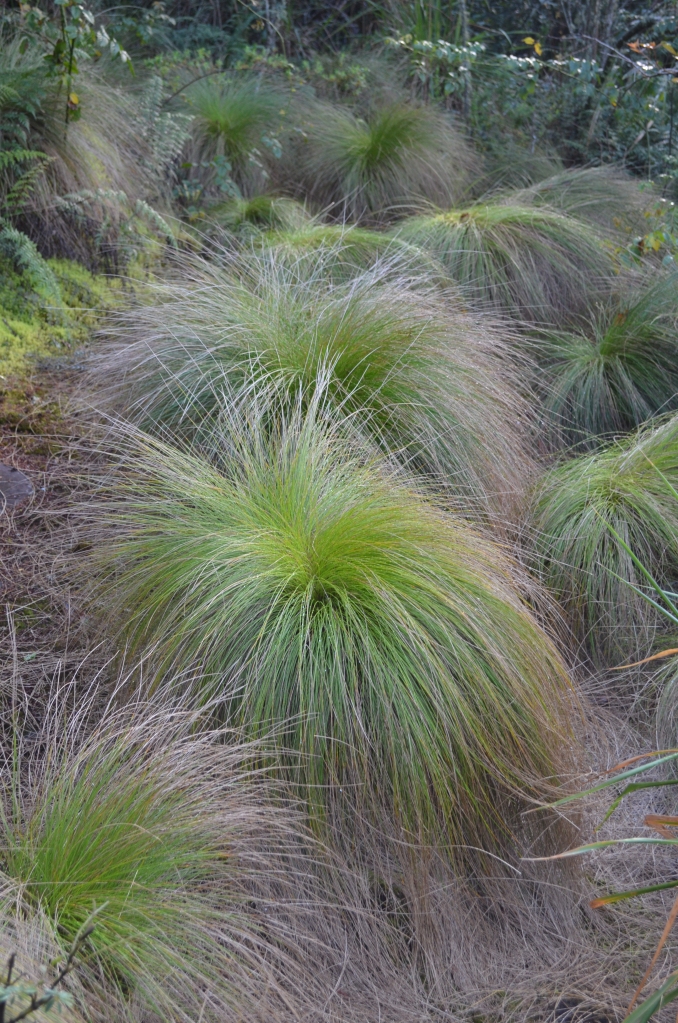
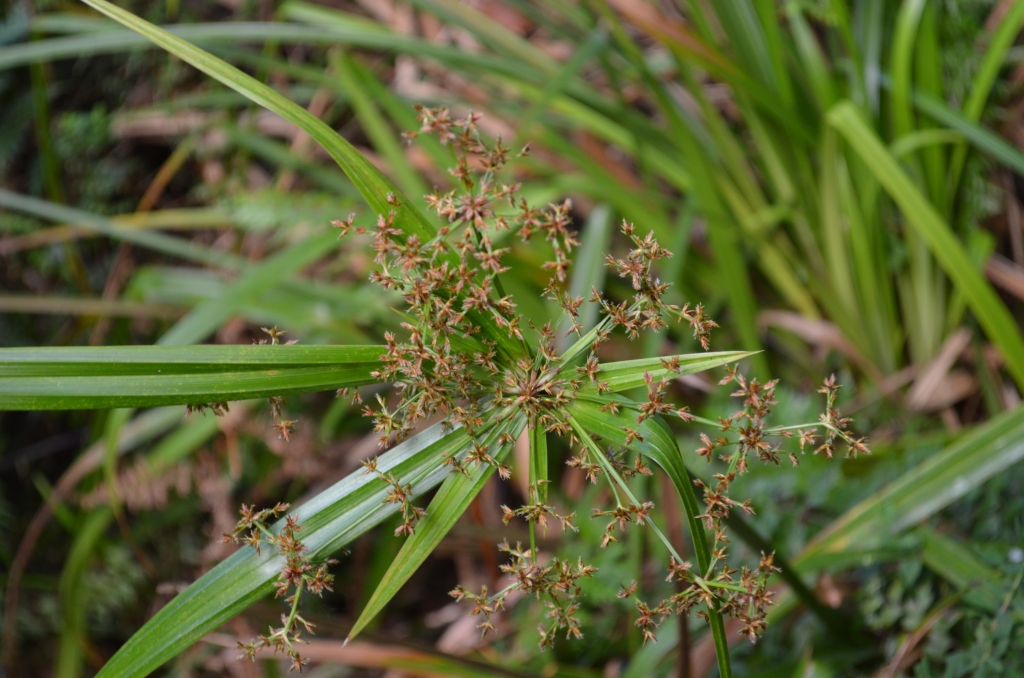
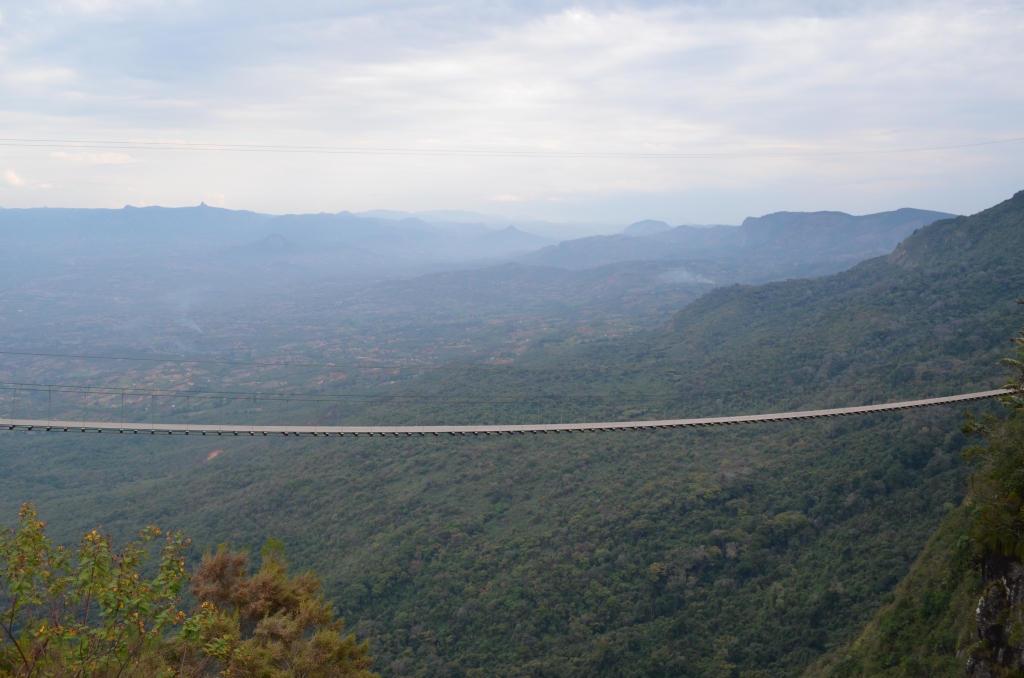

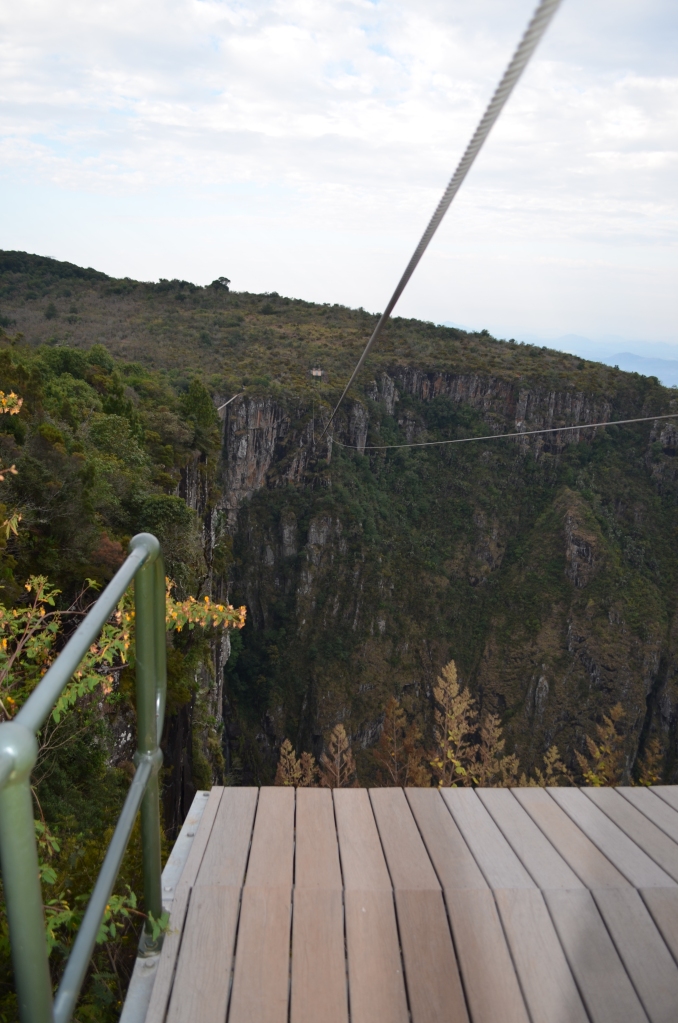
The Eastern highlands are a biodiversity treasure. This brilliant article has dwelt only on the plant kingdom. There is corresponding animal diversity in birds, insect and mammals. The area qualifies for a Man and Biosphere biosphere reserve. We have established a BR in Chimanimani and earlier in the Zambezi in the Zambezi valley. Nyanga is an obvious addition.
LikeLike